(NADS) – For a long time, Muong ethnic people across the country have celebrated the National Day on September 2 as Independence Day, celebrated in the same way as the Lunar New Year every year, starting from August 30 and 31 and lasting until September 5. In addition to the authorities at all levels organizing, groups of households and finally each household invite each other to celebrate Independence Day.
The Muong Independence Day, organized by authorities at all levels, often chooses airy, cool places, village centers, residential areas with conditions for activities such as volleyball, swinging, throwing balls, walking on a balance beam, playing musical instruments, dancing, etc. to culinary dishes, displaying typical Muong products. All those who attend the festival choose for themselves the most beautiful and colorful costumes. The atmosphere of the place is always bustling, joyful, and exciting like New Year's Eve welcoming the new year with activities bearing traditional cultural characteristics. Folk games have attracted everyone to participate. And Independence Day has become a Muong cultural festival. No matter where you go, where you are, or what you do, you must not forget Independence Day, because it not only marks an important milestone in the nation's history, but it is also the traditional New Year of the homeland, a day of reunion and gathering of clans and families.
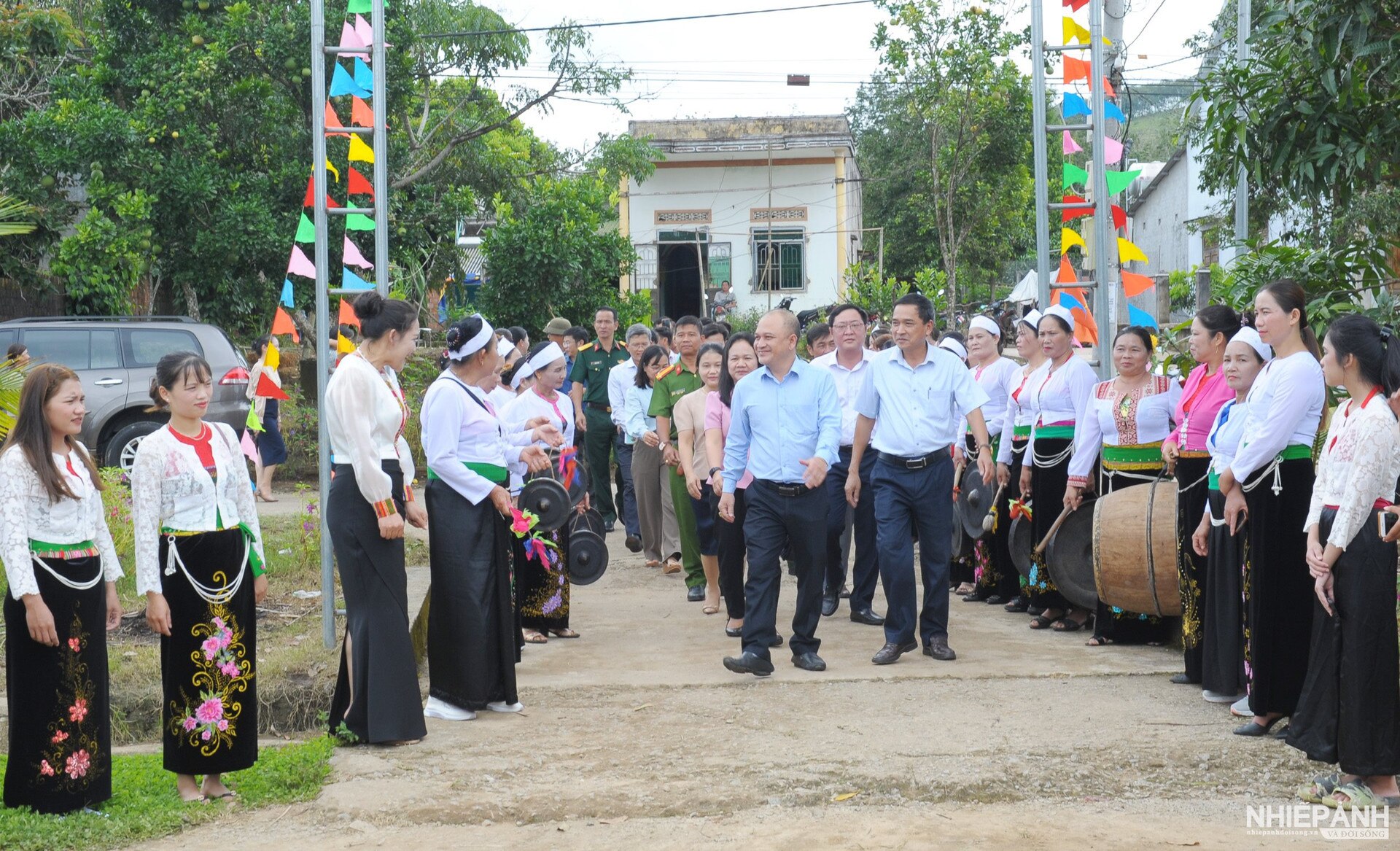
The Muong people's Independence Day is similar to the Lunar New Year. All households prepare offerings to their ancestors, Uncle Ho, and the spirits of national heroes to celebrate Independence Day, share joy with their descendants, and invite their families to join the festival with the villagers. As for the festival, it aims to satisfy the need for healthy entertainment through folk games, thereby preserving and maintaining traditional values, a place where cultural and historical heritages crystallize and converge; strengthen the spirit of solidarity and ardent patriotism, and belief in the Party and beloved Uncle Ho.
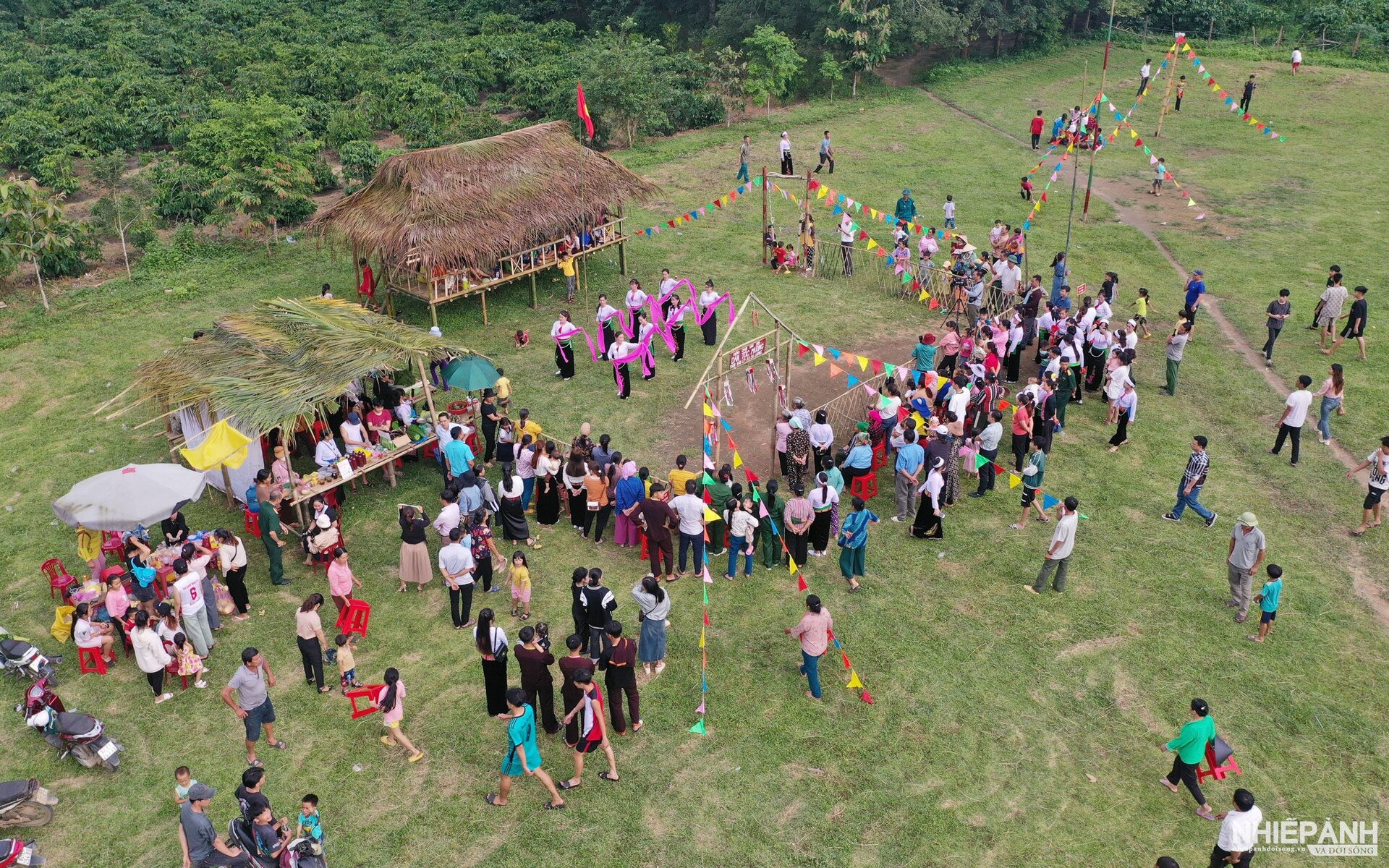
The Muong people always cherish their intangible cultural values, which are the sacred soul of the mountains and forests, the sounds that connect people with the supernatural world. From birth to the eternal world, these sounds occupy both space and time, penetrate many aspects of life, and last throughout the life of every Muong person.
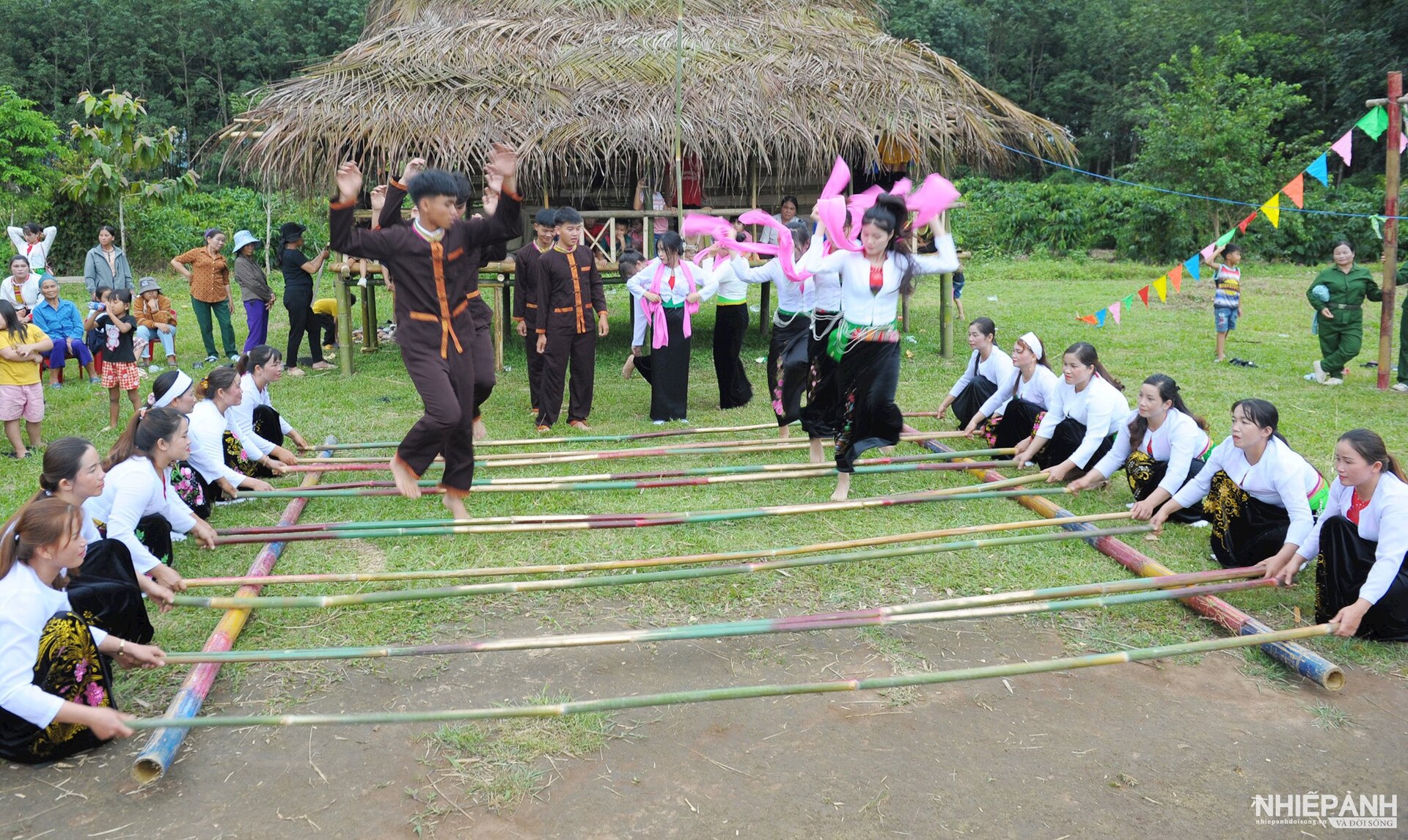
Talking to reporters of Photography and Life Magazine, Ms. Bui Thi My Trung, a Muong ethnic person in Hao Ly village, Sa Loong commune, Ngoc Hoi district, Kon Tum province said: We Muong people in the Central Highlands feel very happy, excited and very proud during Tet. This is truly a Muong cultural festival, regardless of age, old, young, men and women are all excited to participate in exchange activities with each other. It is an opportunity to preserve and promote what our ancestors left behind. At the same time, it aims to introduce and promote to everyone an understanding of Muong cultural traditions.
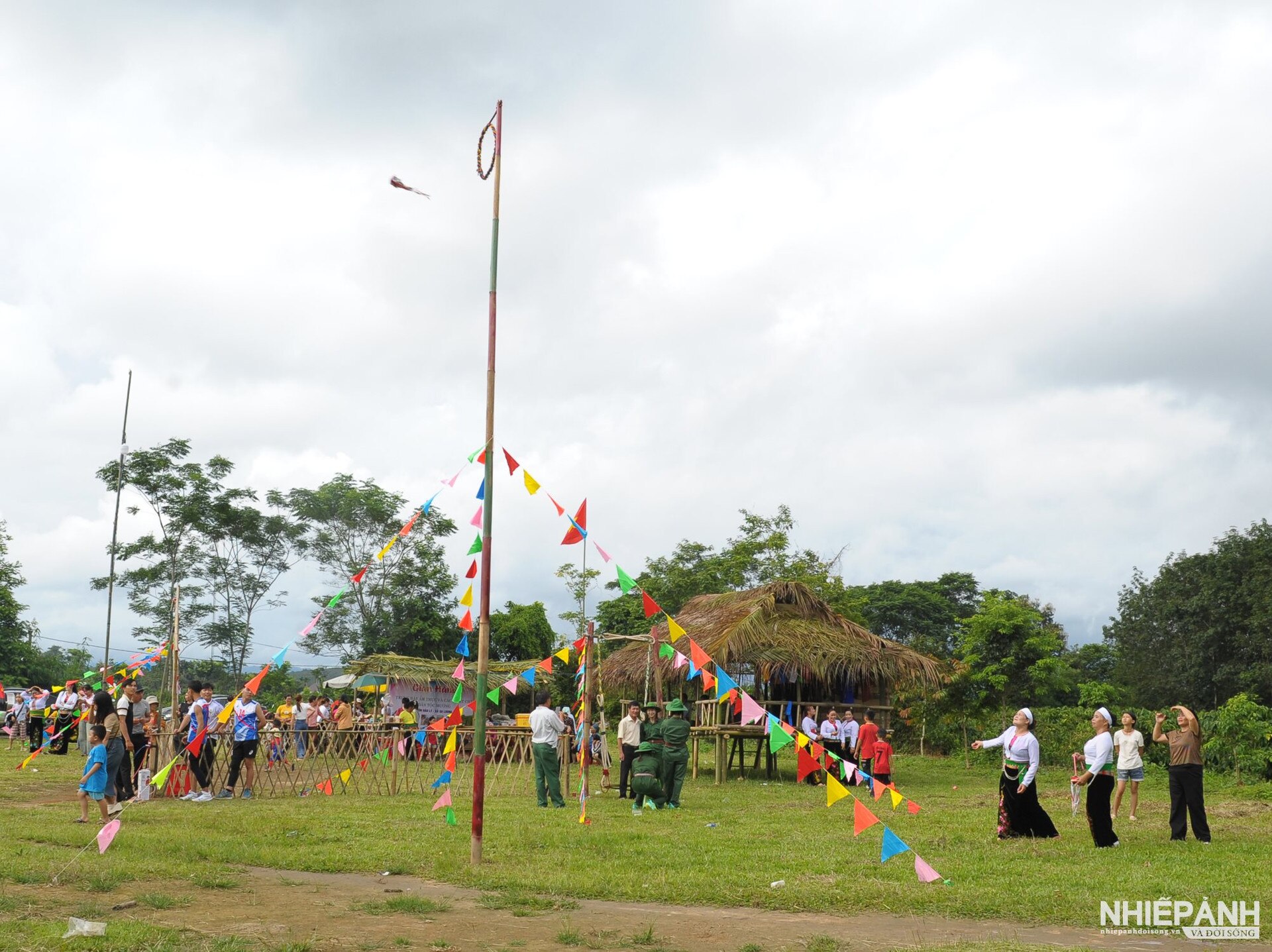
During the Independence Day celebrations, the Muong ethnic minority communities along the border in Kon Tum Highlands seemed to be wearing new, colorful clothes, in a bustling and exciting atmosphere to welcome Tet. Before that, she had organized a clean-up of the village roads and alleys, prepared stalls, as well as products for display, especially those bearing the Muong cultural identity.
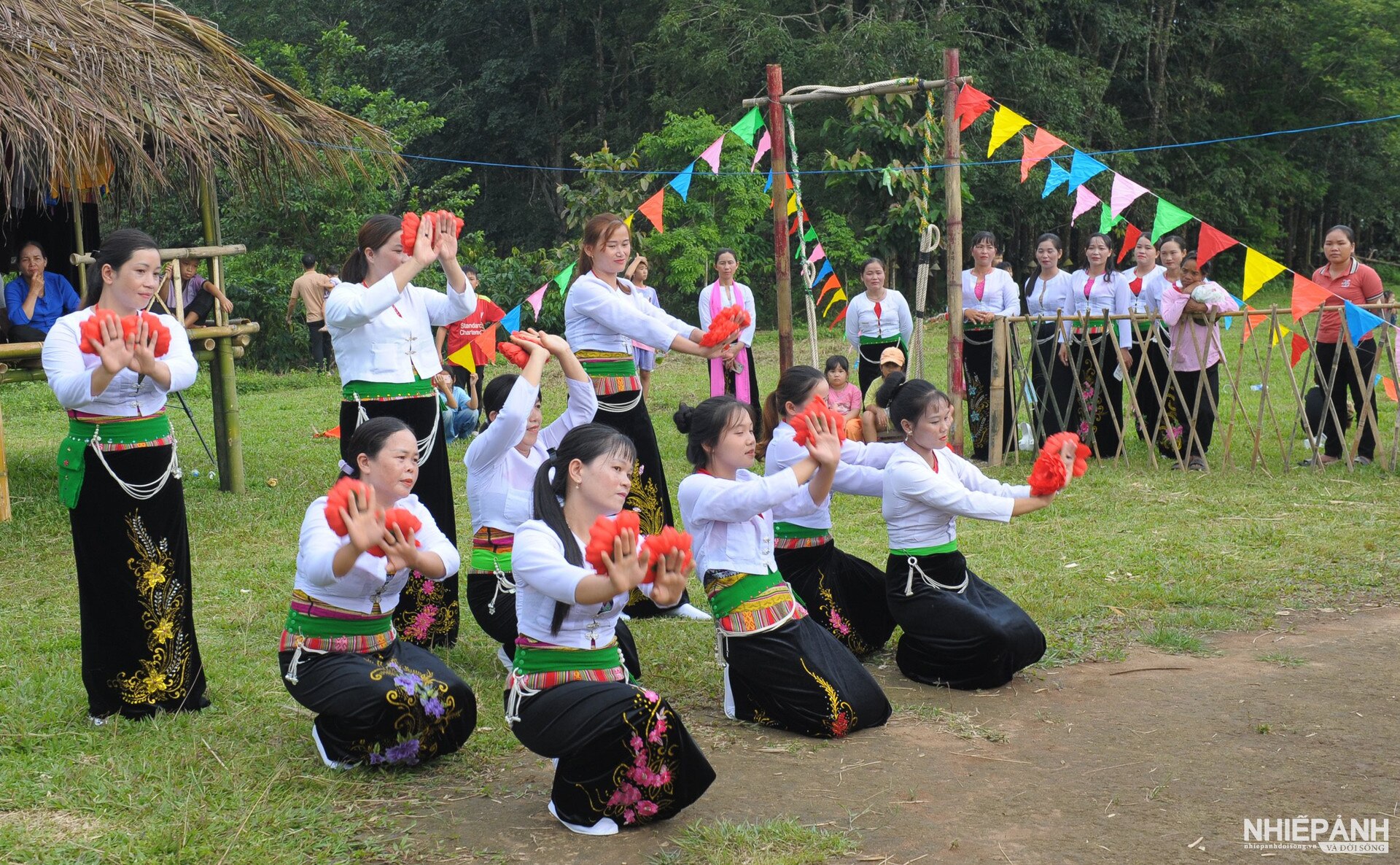
Mr. Dinh Cong Ngu is one of the Muong families who migrated from the Hoa Binh hydroelectric reservoir to settle in Hao Ly village, Sa Loong commune, Ngoc Hoi district, Kon Tum province. He confided: Thank you to the Party and Uncle Ho for leading the entire people to fight against hunger, gain power, and bring independence to the people, helping them escape poverty and slavery under the colonial feudal regime; including us Muong people who have changed our lives, "changed our skin and flesh". Today is the Muong village festival, which is the Independence Day celebration of our Muong people.
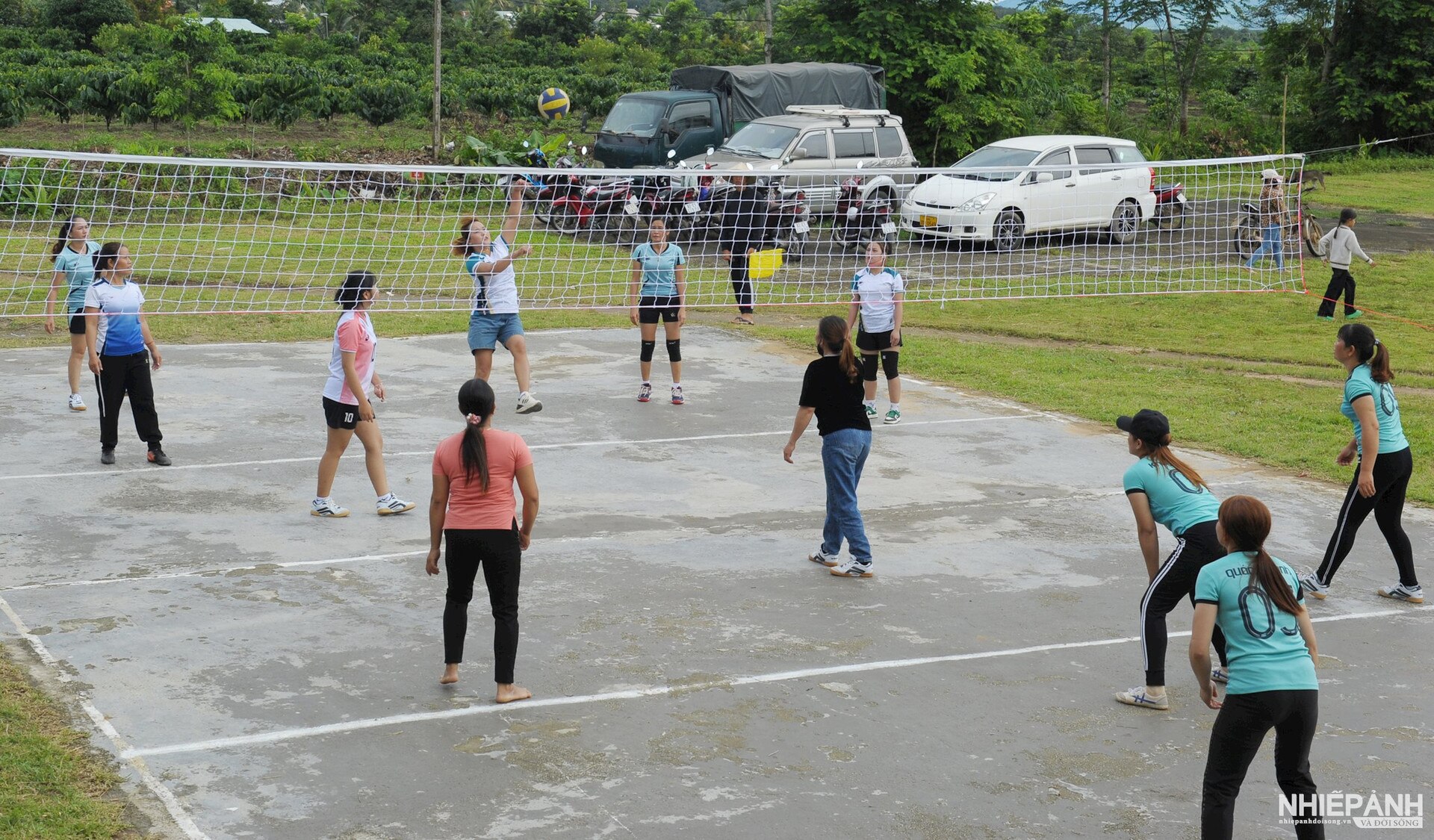
When we first came to Kon Tum, we encountered many difficulties in terms of infrastructure, shortages in all aspects, and a difficult economic life. But we still organized on a small scale. Now that life is stable and getting better, we organize more grandly, so that our descendants can follow in our footsteps thanks to the merits of our ancestors who won independence for the nation and the country. Now our descendants maintain it as a cultural feature and organize it like Tet Nguyen Dan nationwide.

Speaking to the press, Mr. Bui Van Hien, Party cell secretary and head of Hao Ly village, Sa Loong commune, Ngoc Hoi district, said: Right from the beginning of the year, our Party cell and village issued a resolution on organizing Independence Day; assigning specific tasks to mass organizations in charge of each field of activities in sports, culture and arts, and folk games so that people can have fun with the aim of preserving, conserving and promoting the culture of the Muong ethnic group.
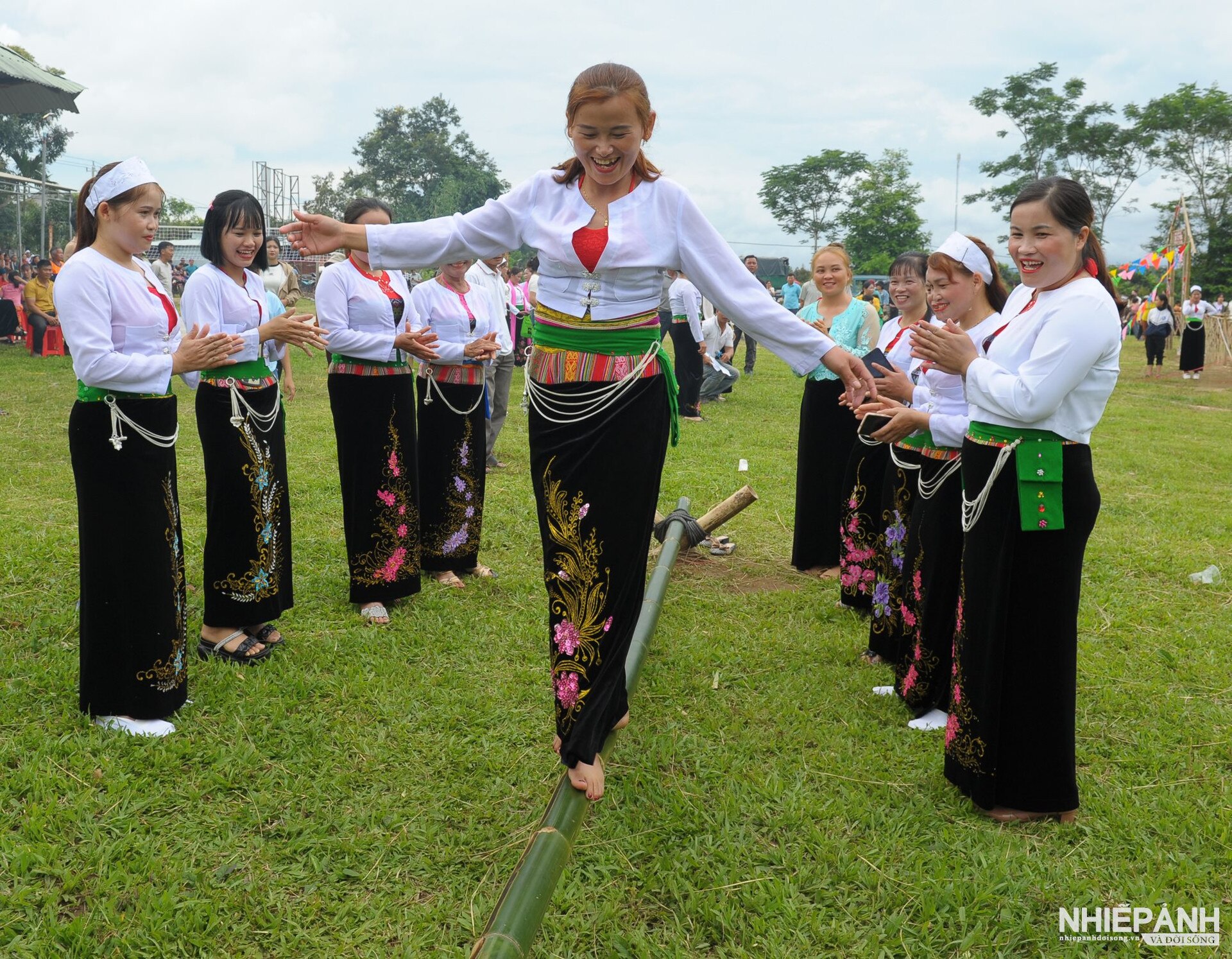
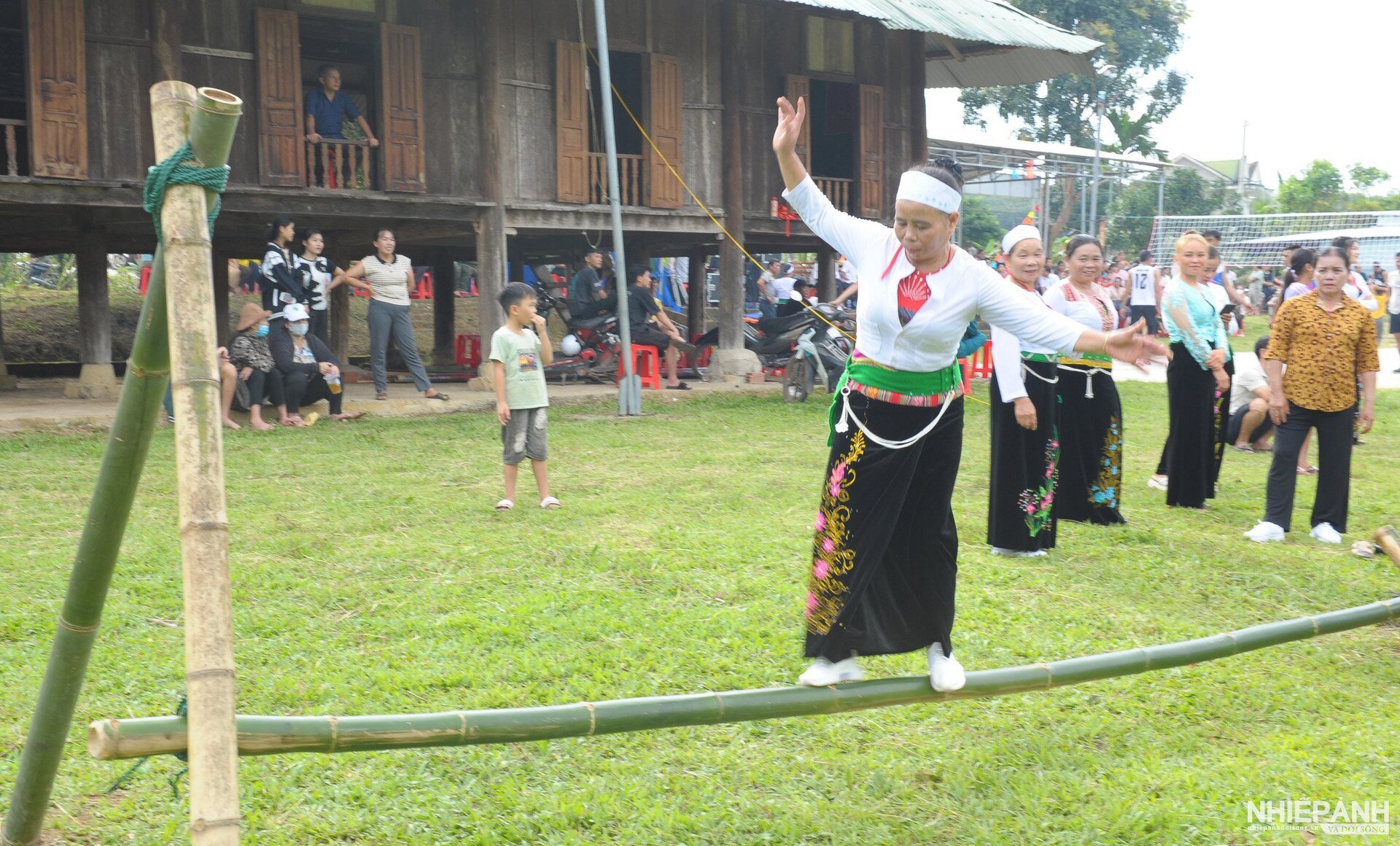
In order to preserve the cultural traditions of generations, in recent times, local party committees and authorities where Muong people have settled have directed the teaching of gongs for classes from primary to secondary school levels, which is maintained regularly at educational institutions in the area. These activities carry the unique cultural features of the Muong people, and are the pride of the ethnic minorities in the border areas of the three Indochinese countries of Vietnam, Laos and Cambodia.
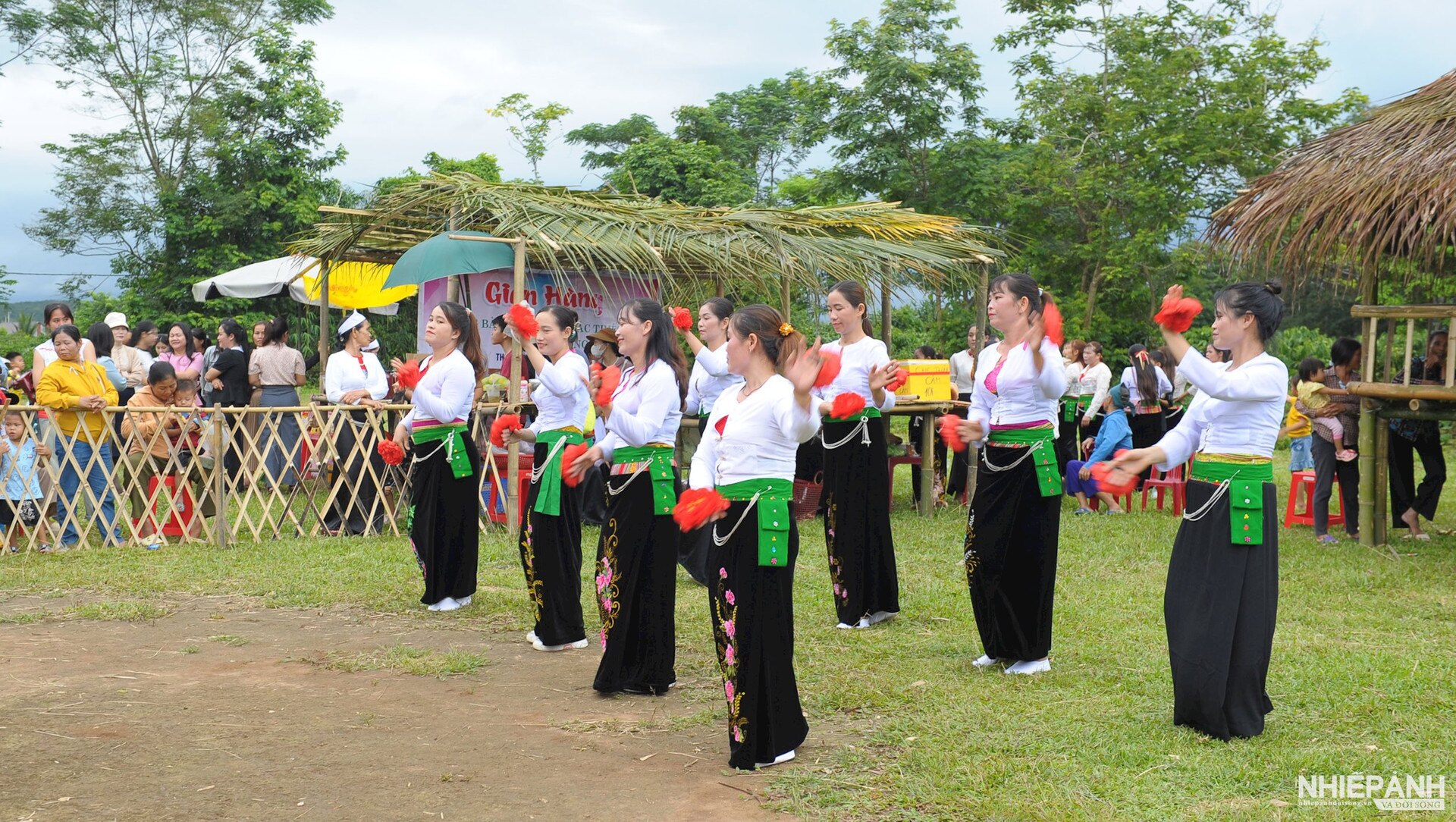
Mr. Nguyen Huu Bang, Chairman of the People's Committee of Sa Loong Commune, Ngoc Hoi District, Kon Tum said: For the Muong people, Independence Day is very important. In addition to worshiping ancestors and especially Uncle Ho, on the altar of every Muong family, there is always a picture of Uncle Ho and his ancestors. This is one of the admirable deeds that the people in the commune are learning to follow.
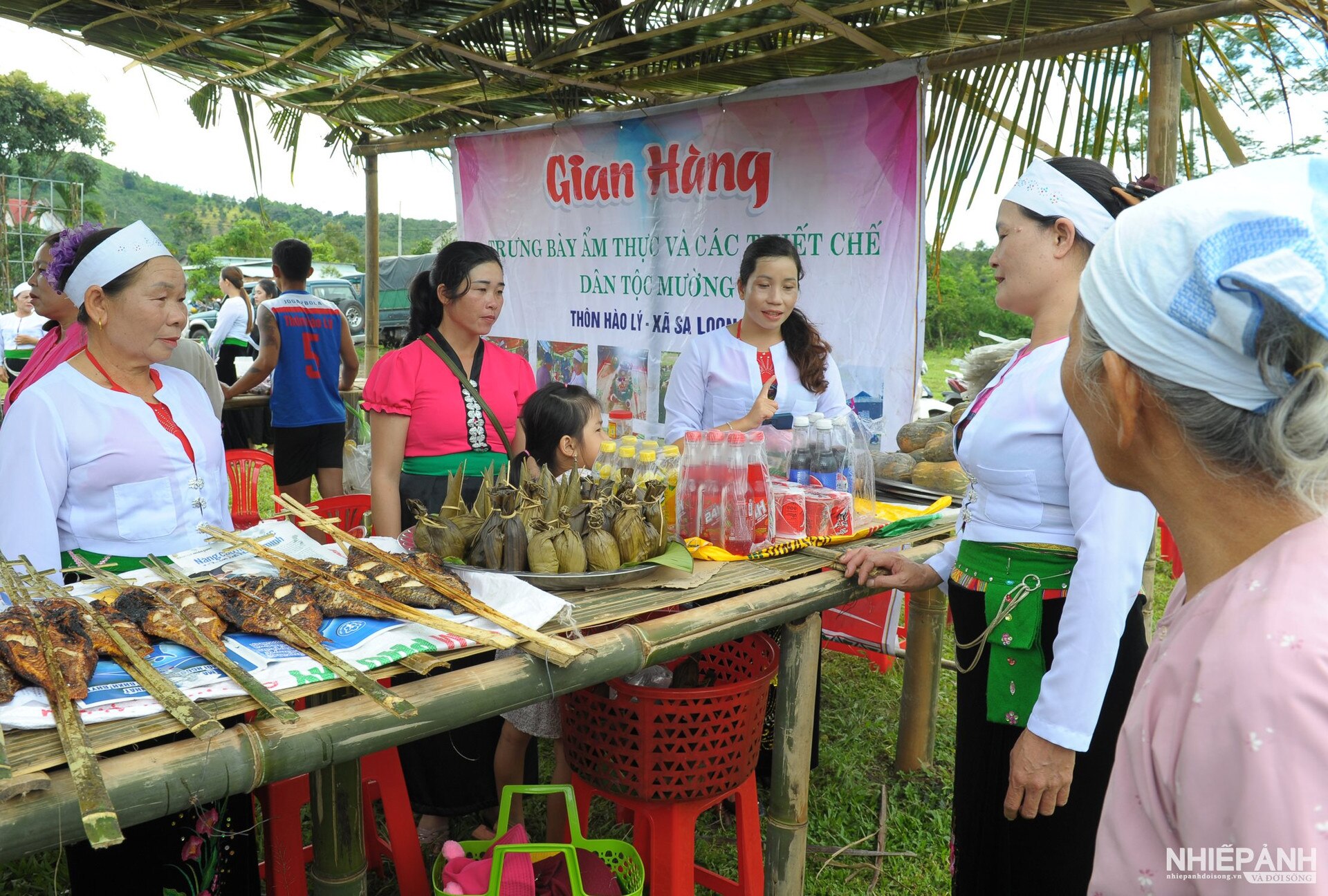
Every year, the commune organizes Independence Day in Hao Ly village for people to review the Muong cultural traditions in a foreign land that is their second homeland, Hao Ly village. Through this, the descendants of the Muong people will remember Independence Day, remember the traditional day and especially review the traditional culture and customs of the Muong people's festivals to promote Muong culture in the Central Highlands.
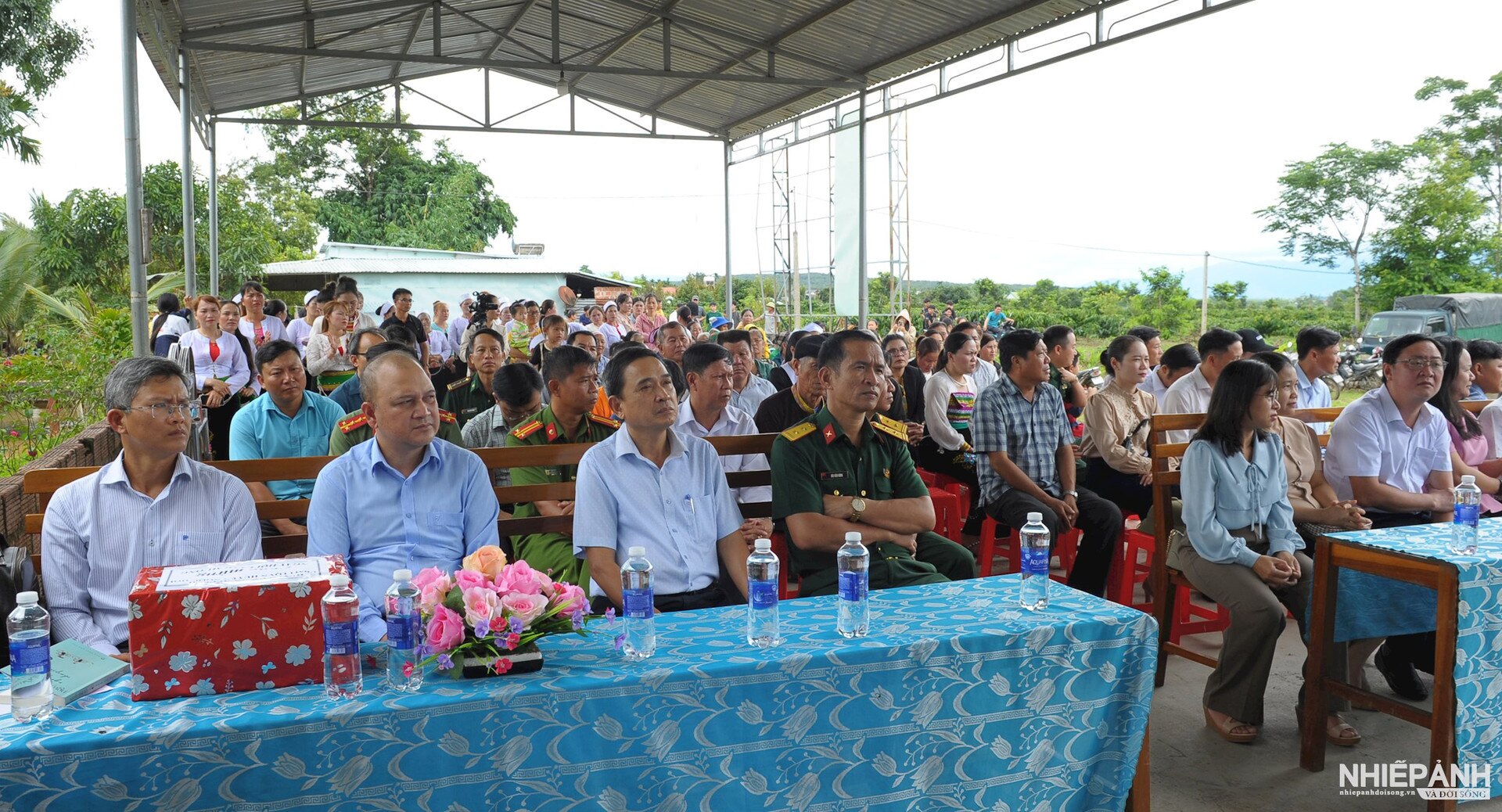
National Day September 2 has a sacred and profound meaning for every Vietnamese person. And it has a special meaning for Muong ethnic households in all regions of the country. Therefore, Muong people take September 2 every year as Independence Day to contribute to educating the tradition of patriotism, national pride, thereby promoting historical and cultural values, raising awareness in preserving and promoting the cultural identity of ethnic groups in general, including the Muong ethnic group in particular, creating beautiful and colorful cultures on the majestic Truong Son mountain range full of sun and wind.
Source: https://nhiepanhdoisong.vn/tet-doc-lap-cua-nguoi-muong-noi-nga-ba-dong-duong-15094.html


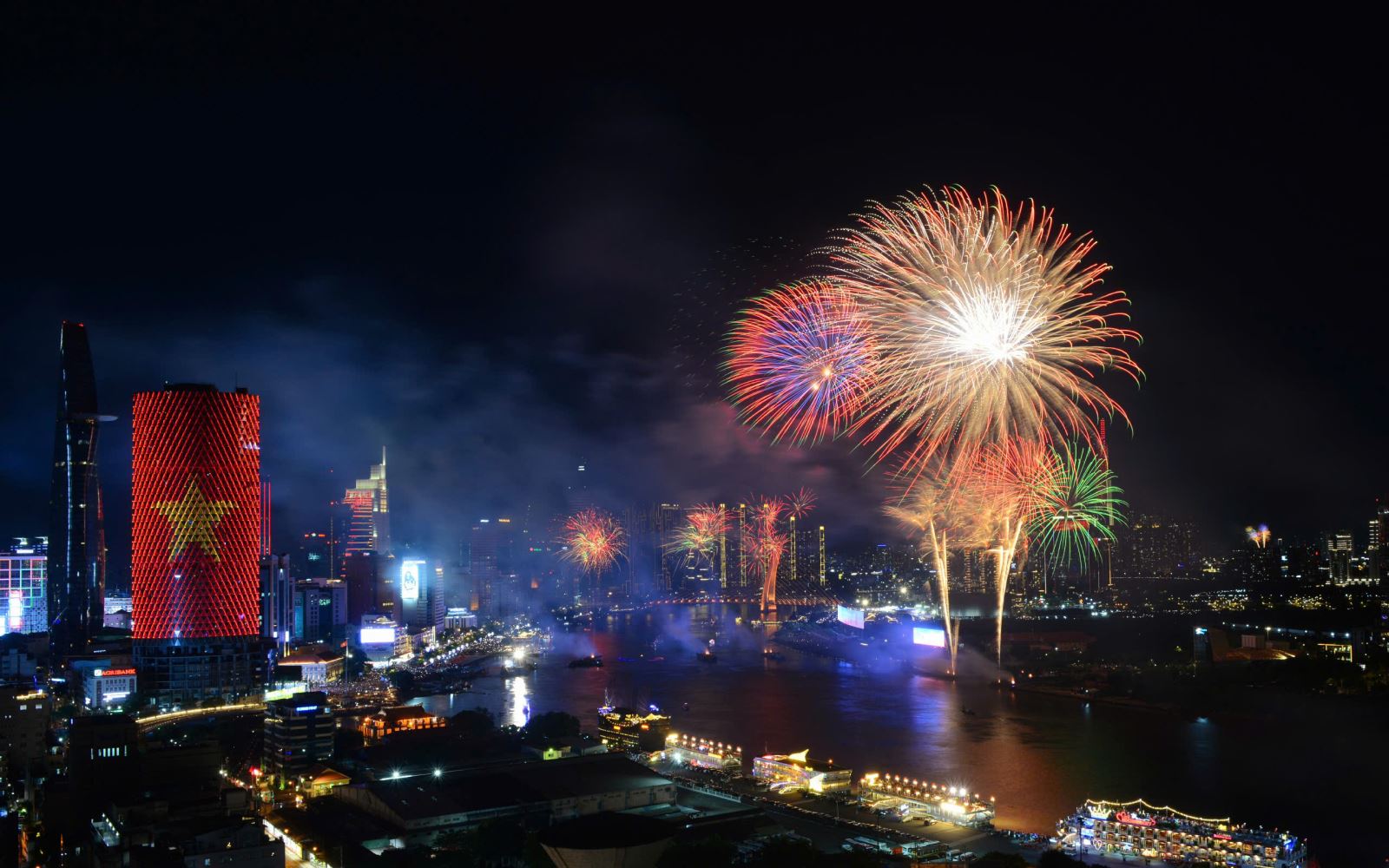
![[Photo] Binh Thuan organizes many special festivals on the occasion of April 30 and May 1](https://vstatic.vietnam.vn/vietnam/resource/IMAGE/2025/5/1/5180af1d979642468ef6a3a9755d8d51)
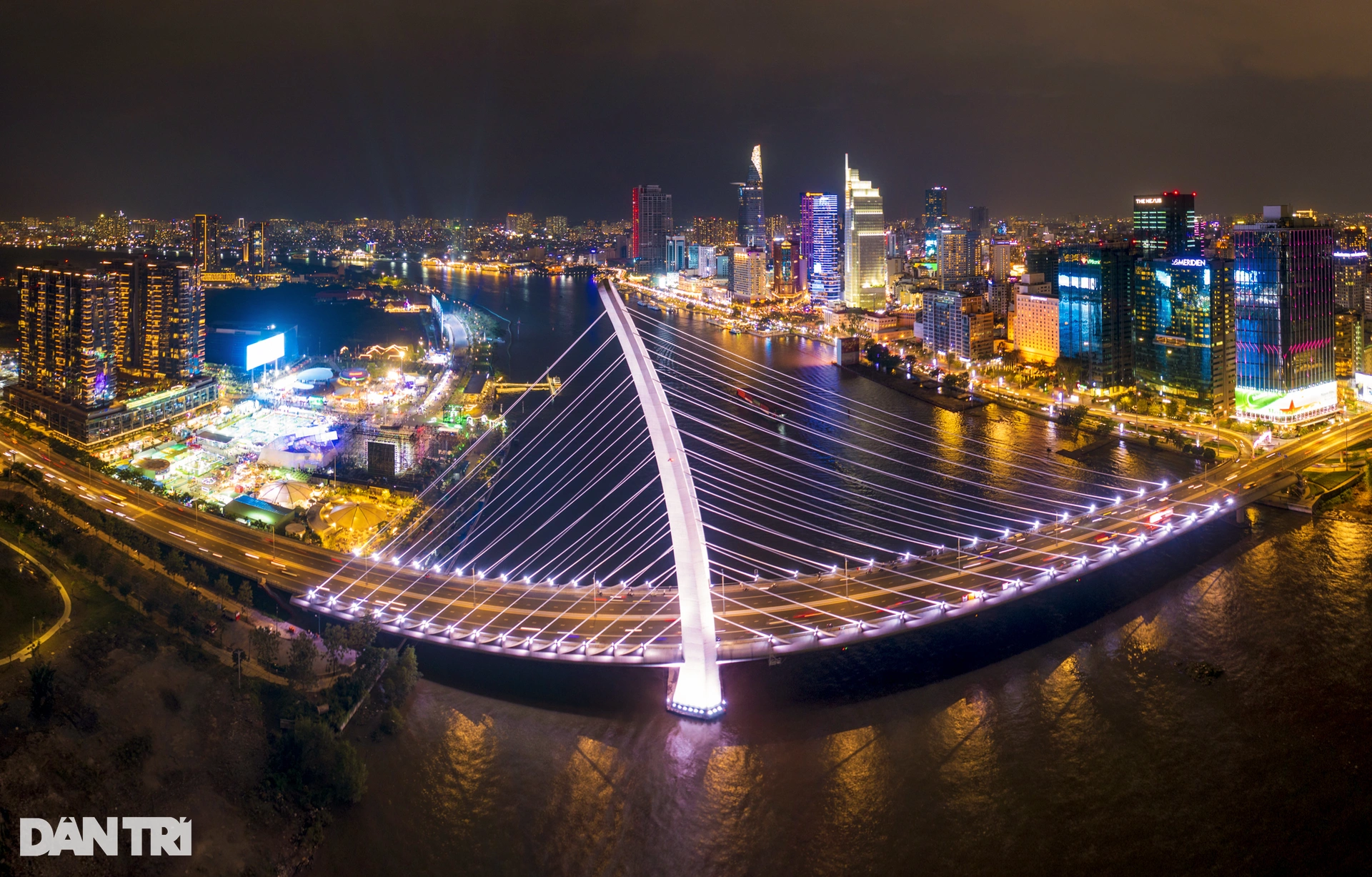
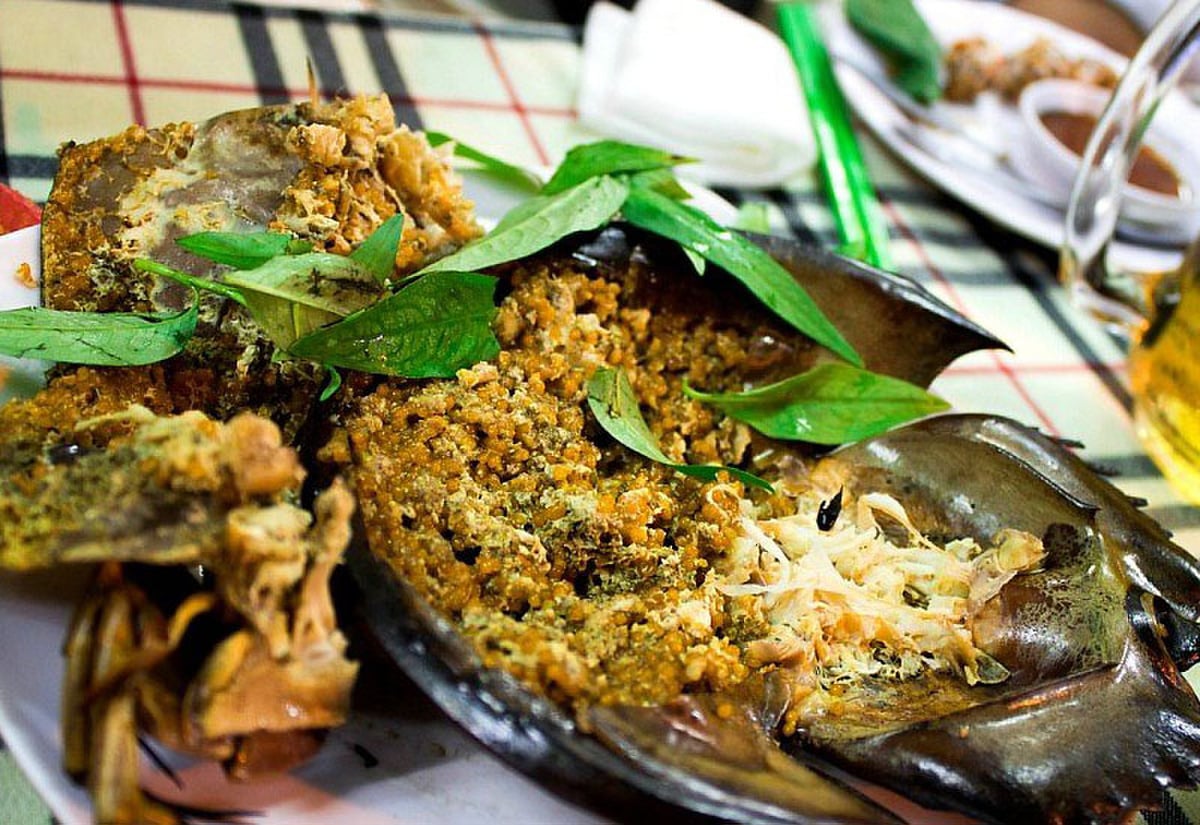
![[Photo] Ha Giang: Many key projects under construction during the holiday season](https://vstatic.vietnam.vn/vietnam/resource/IMAGE/2025/5/1/8b8d87a9bd9b4d279bf5c1f71c030dec)
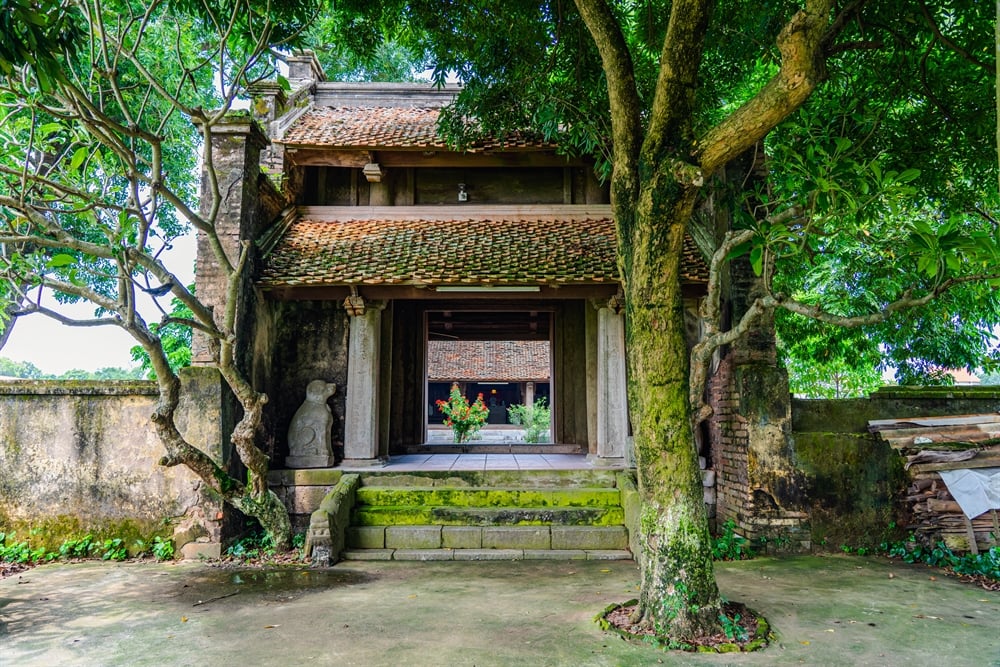
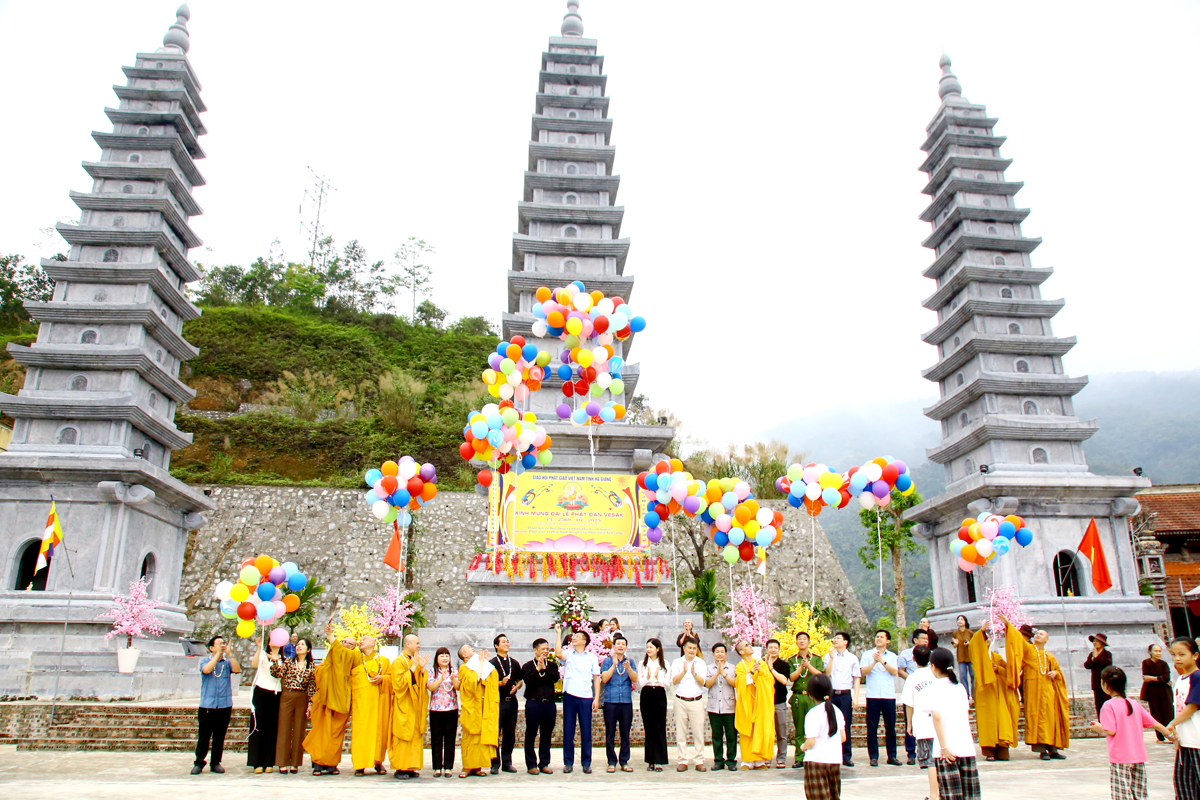
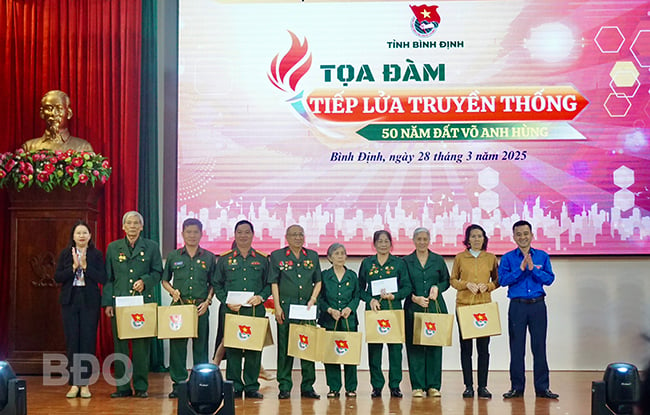

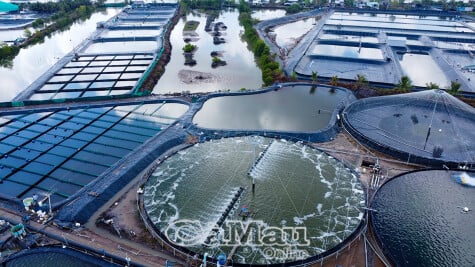
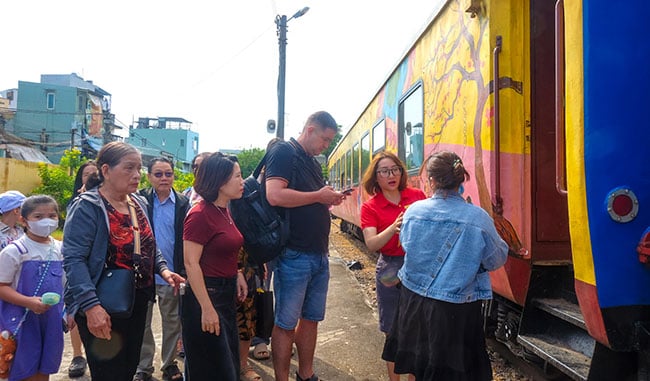
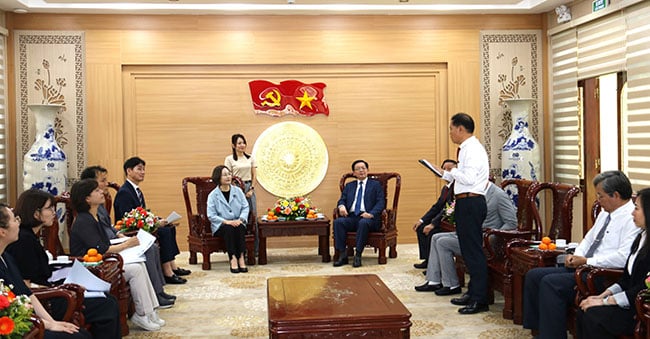


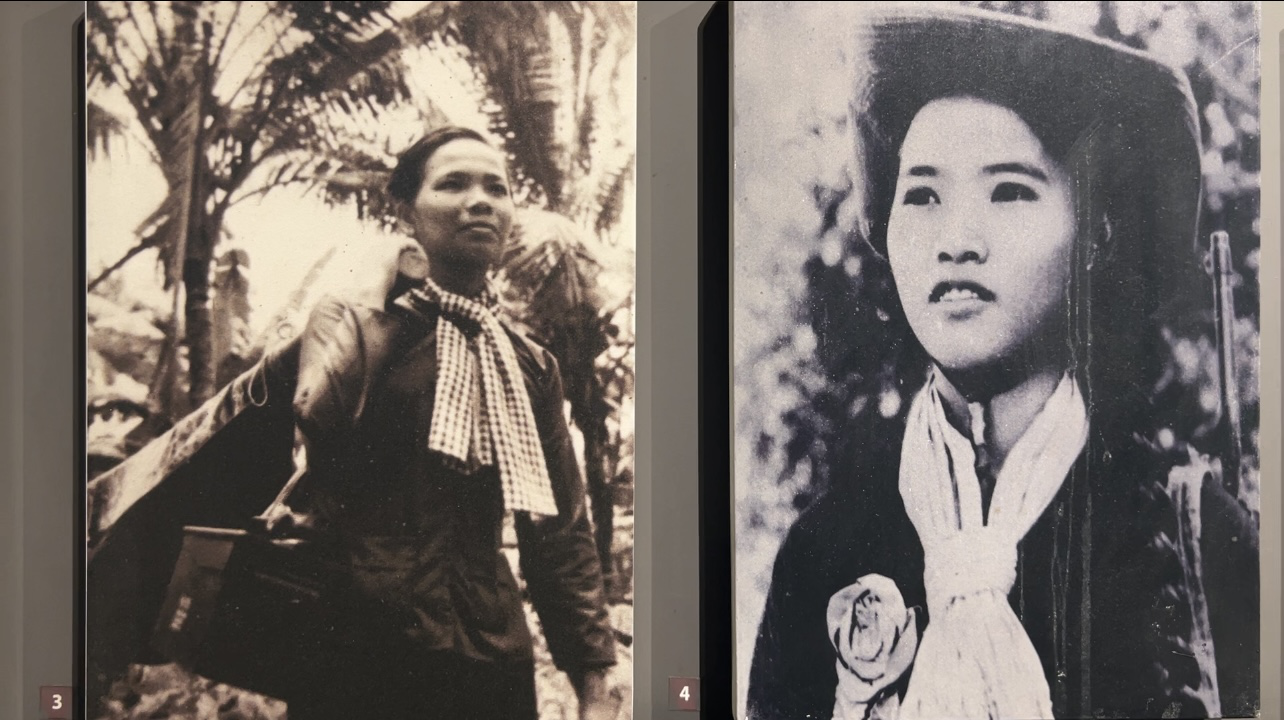

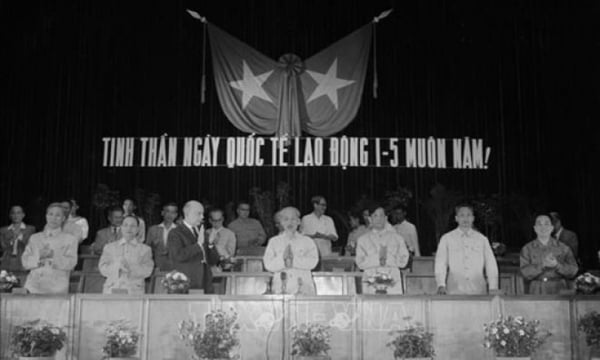
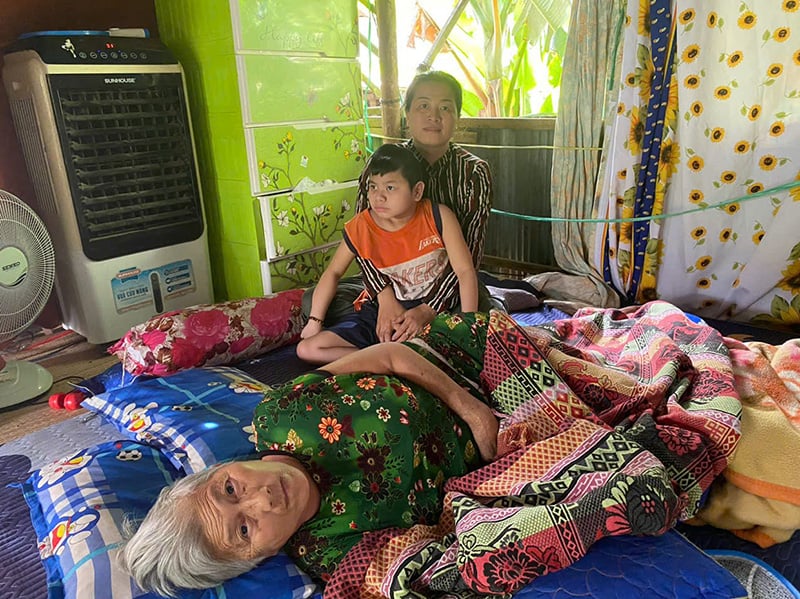
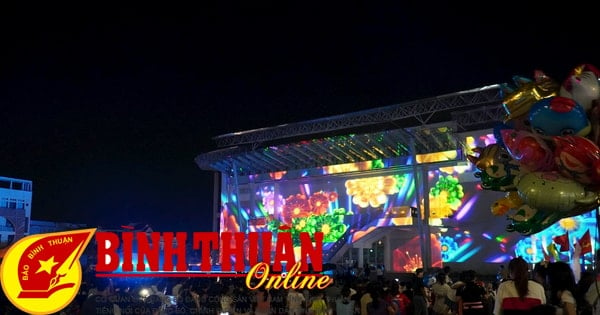

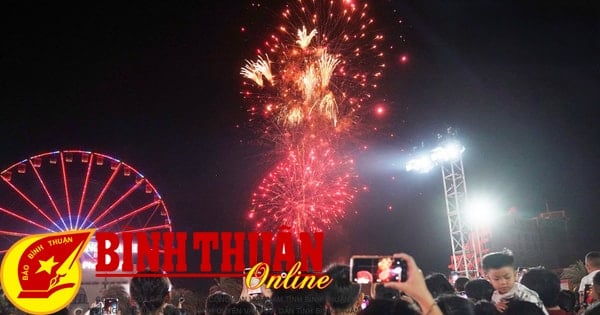
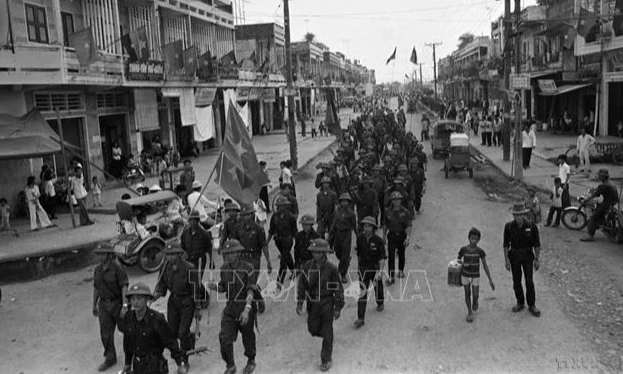
![[Photo] Feast your eyes on images of parades and marching groups seen from above](https://vstatic.vietnam.vn/vietnam/resource/IMAGE/2025/4/30/3525302266124e69819126aa93c41092)
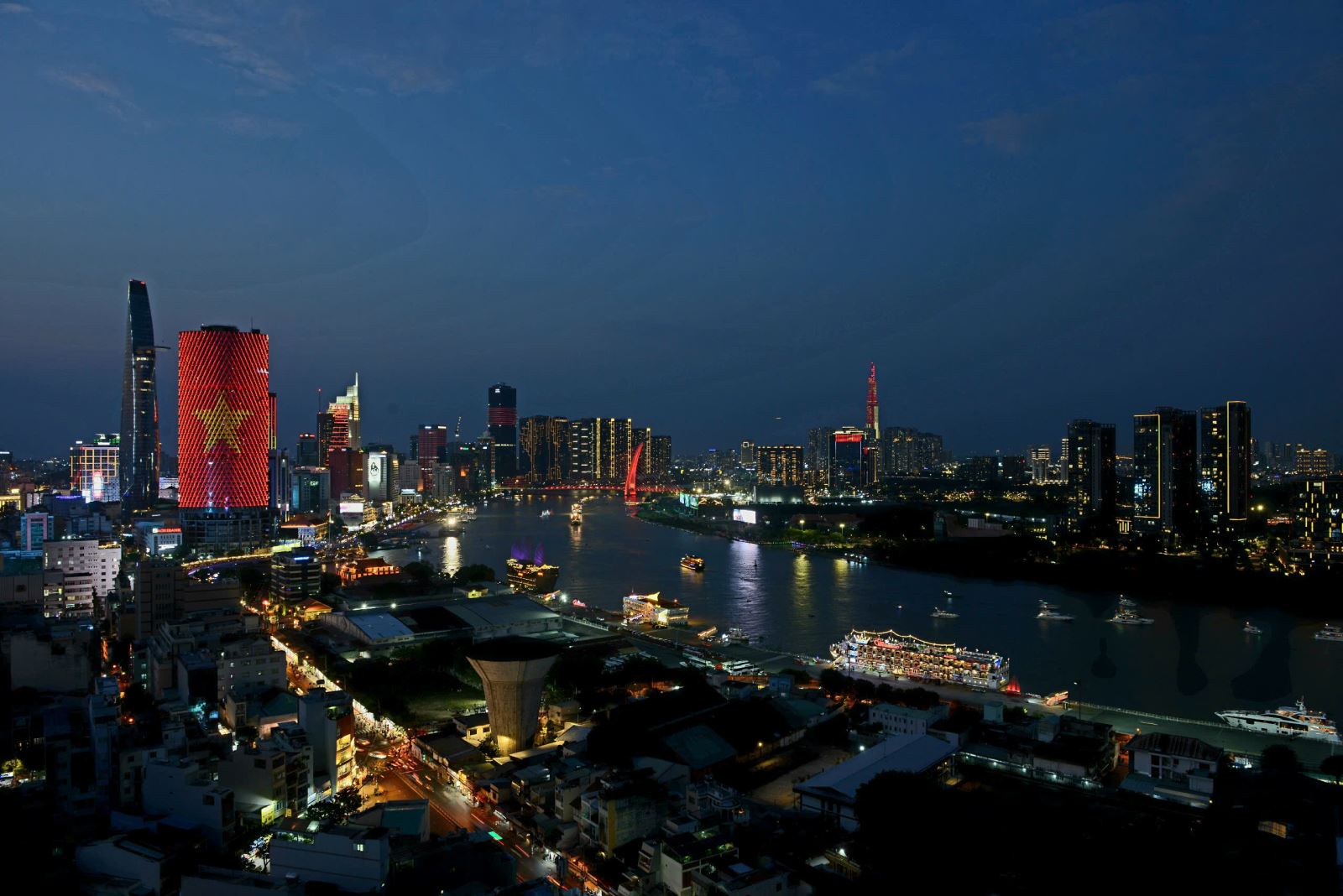
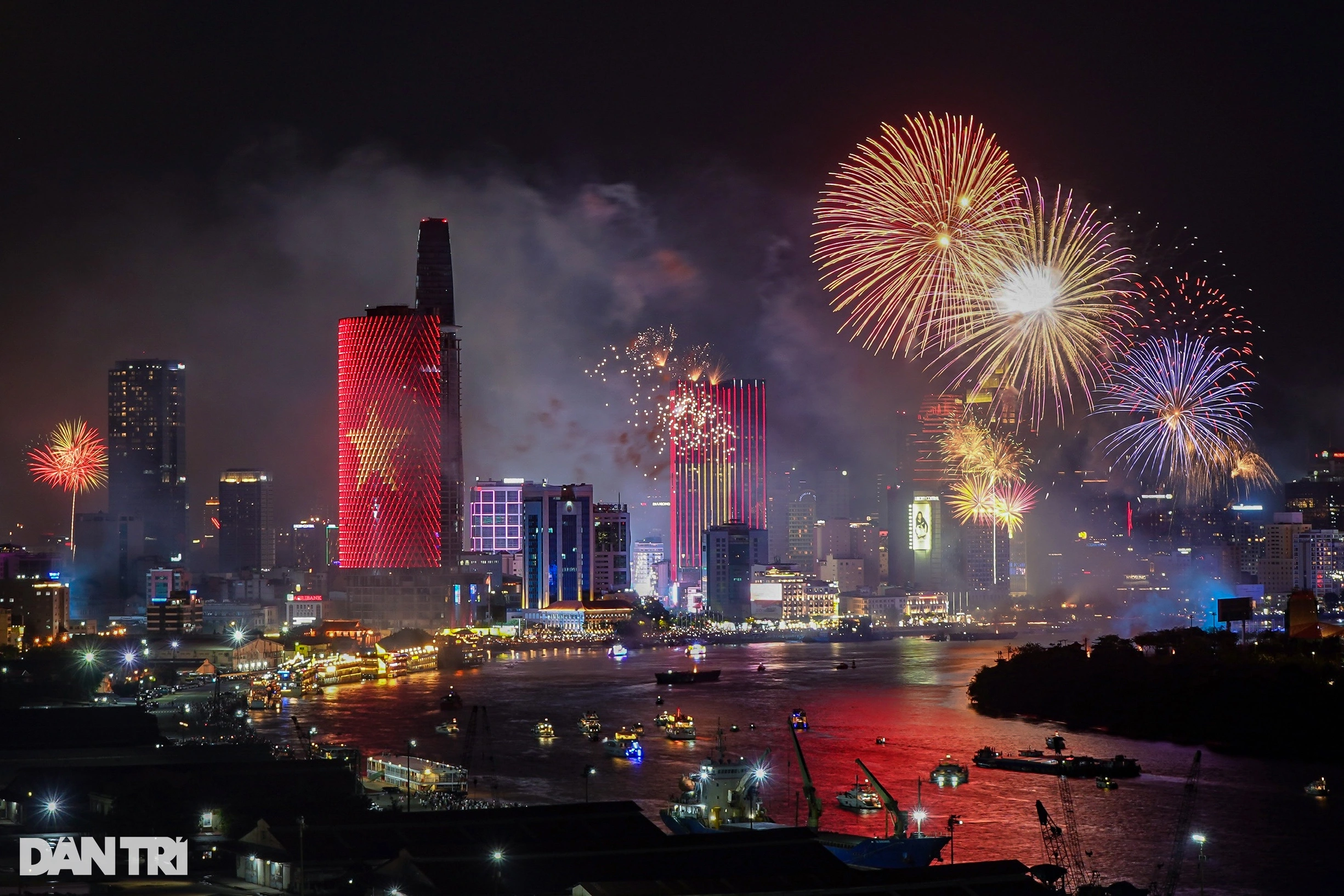


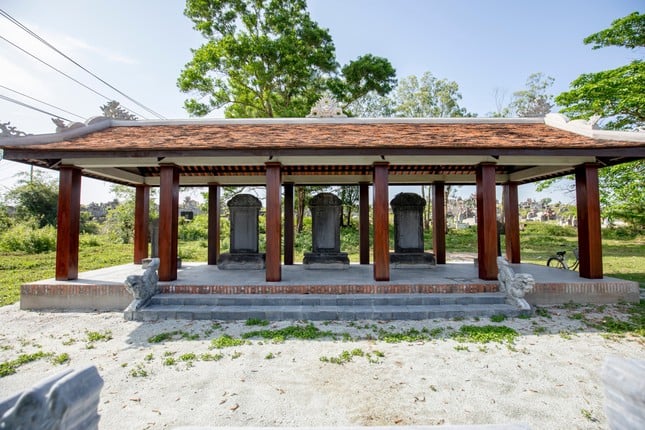

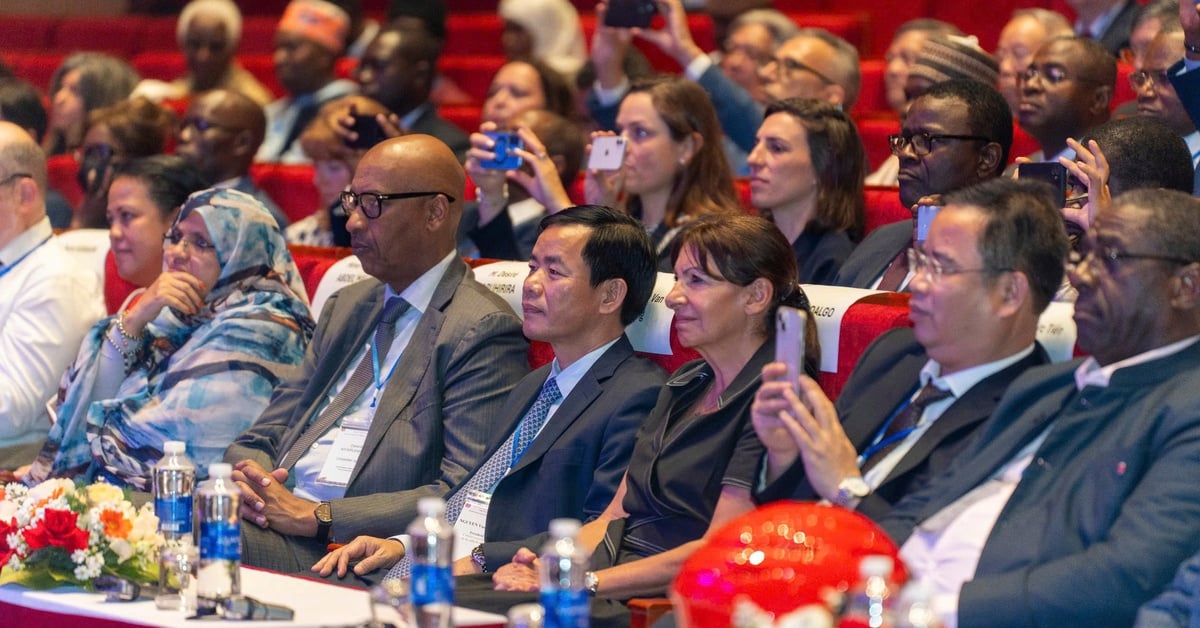

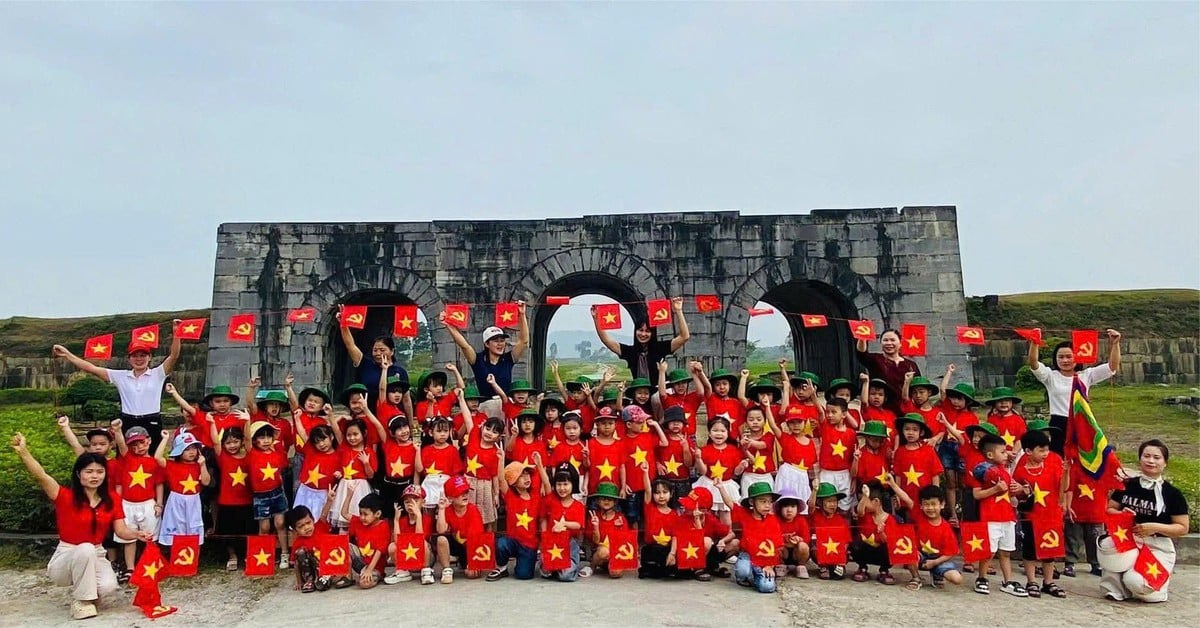
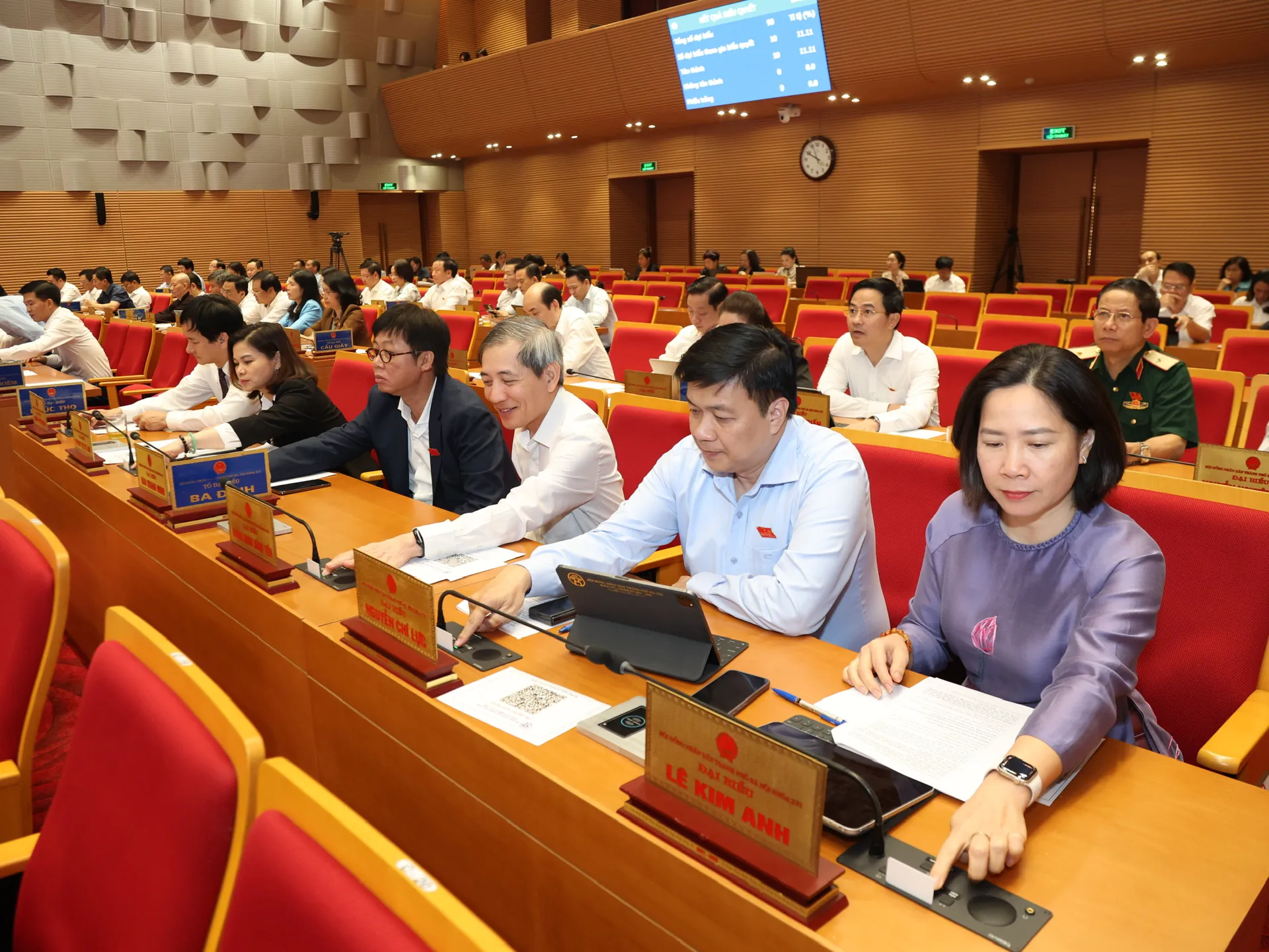

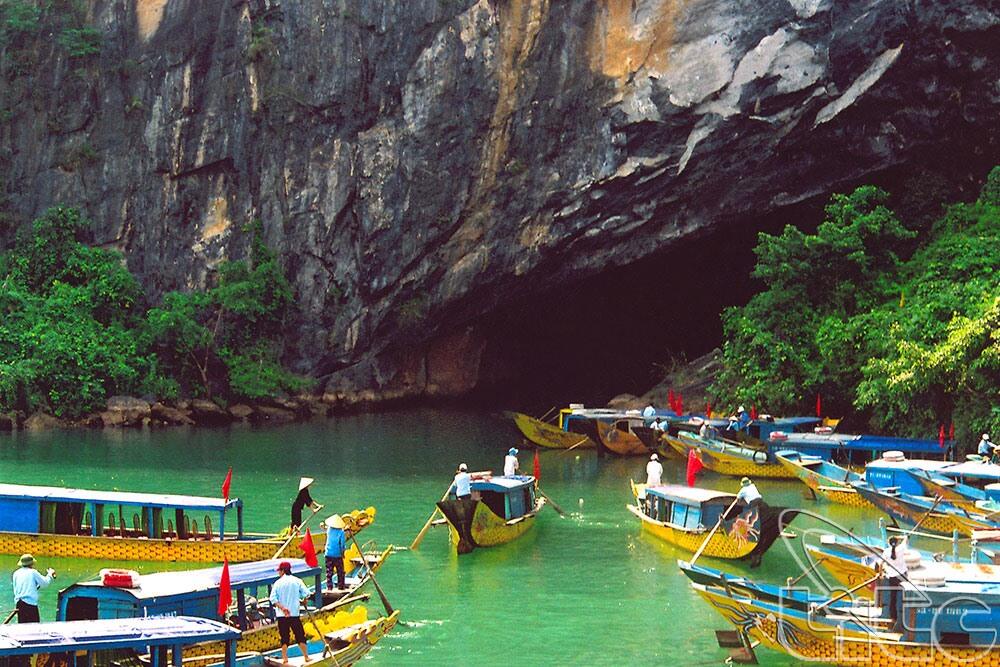

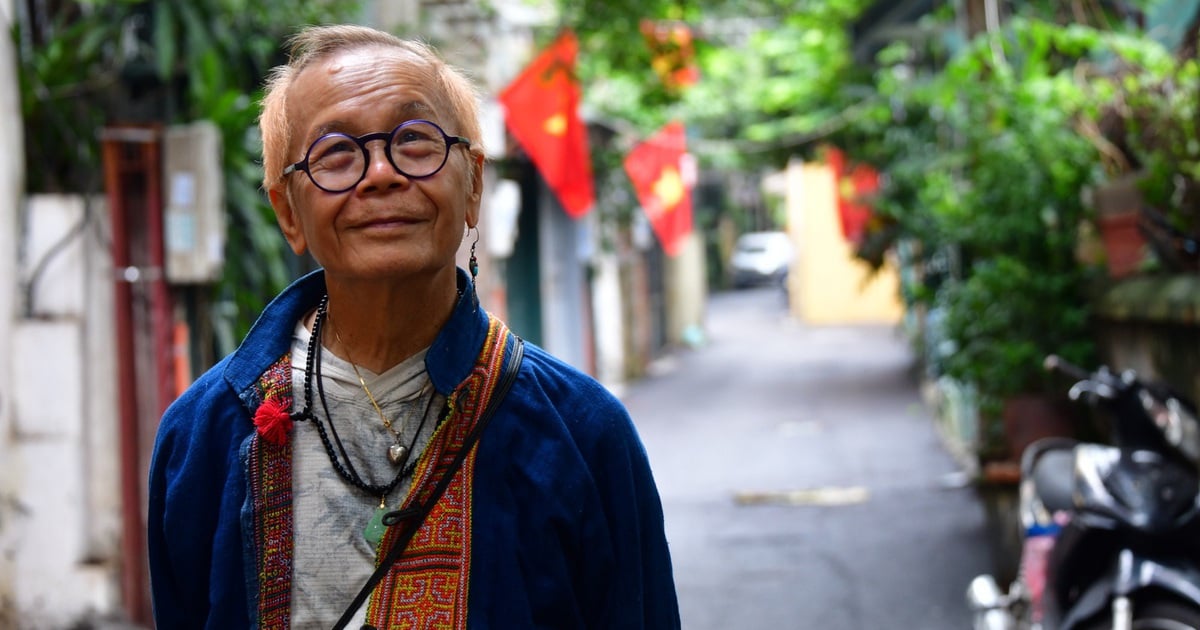

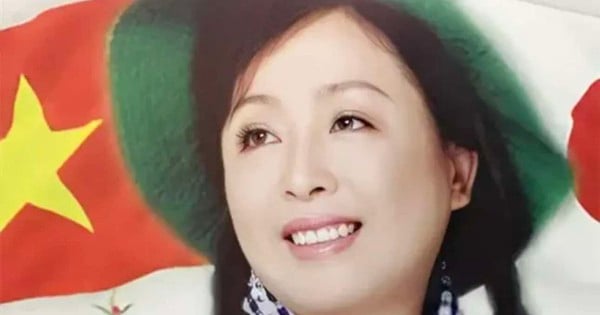

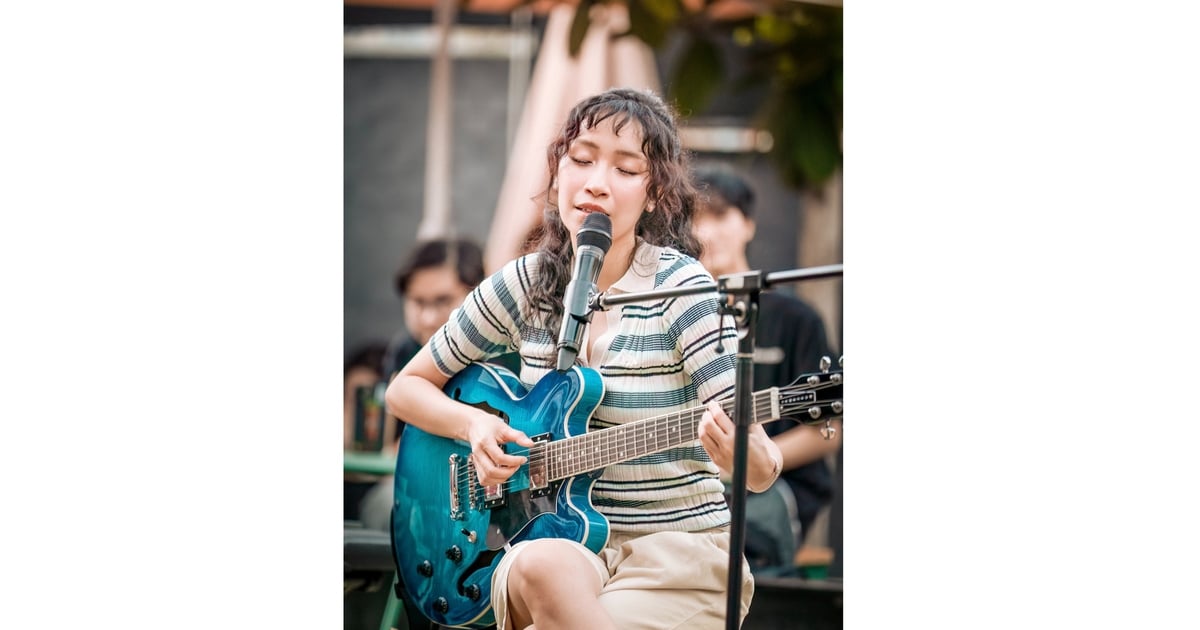
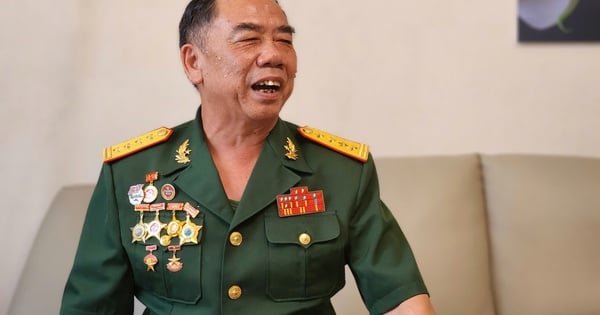

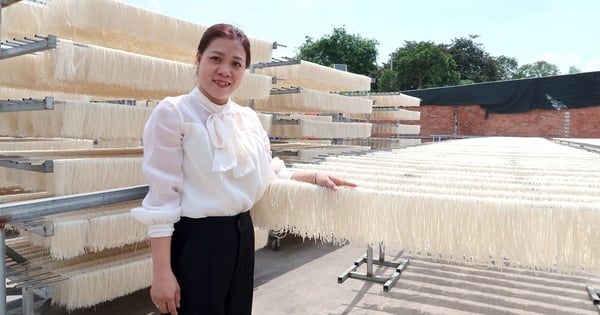

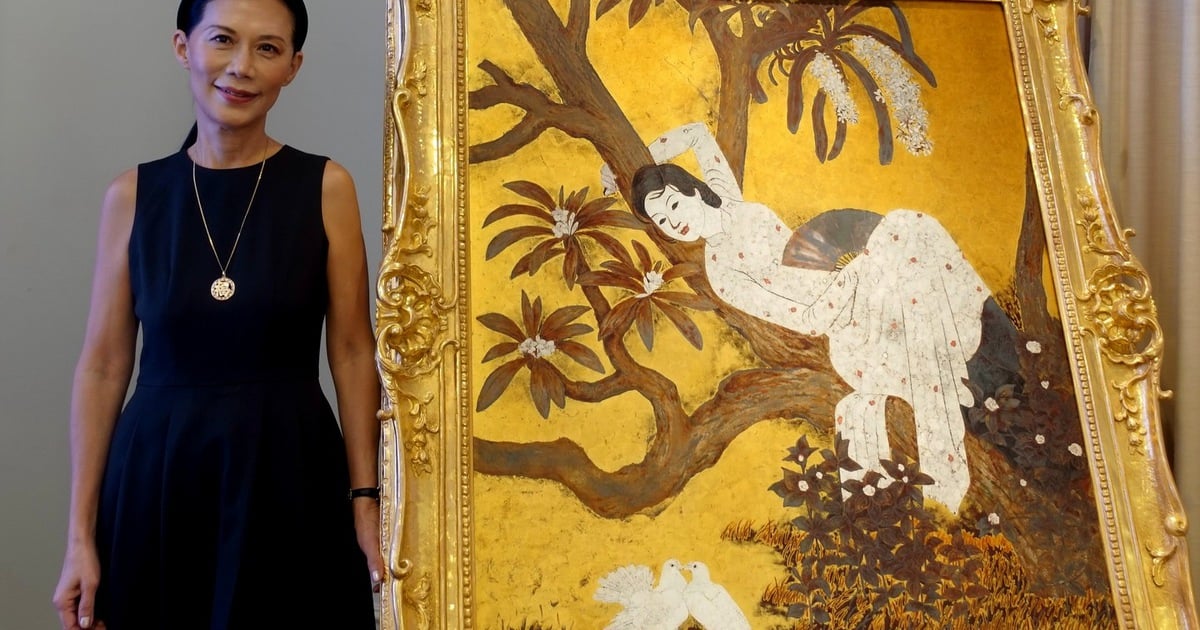
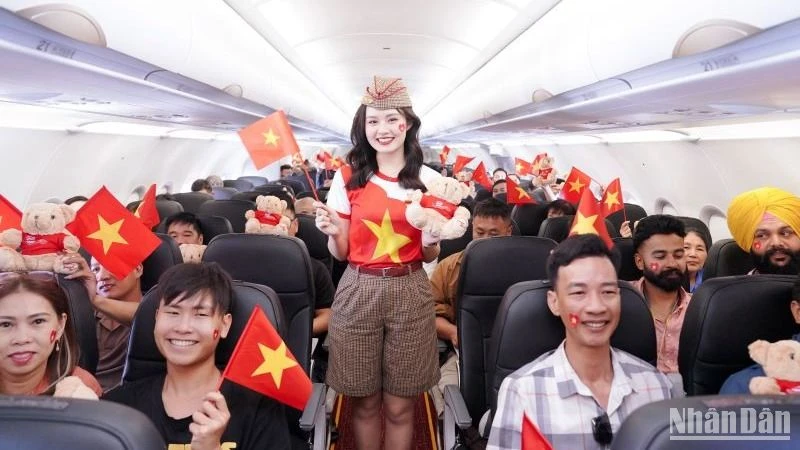

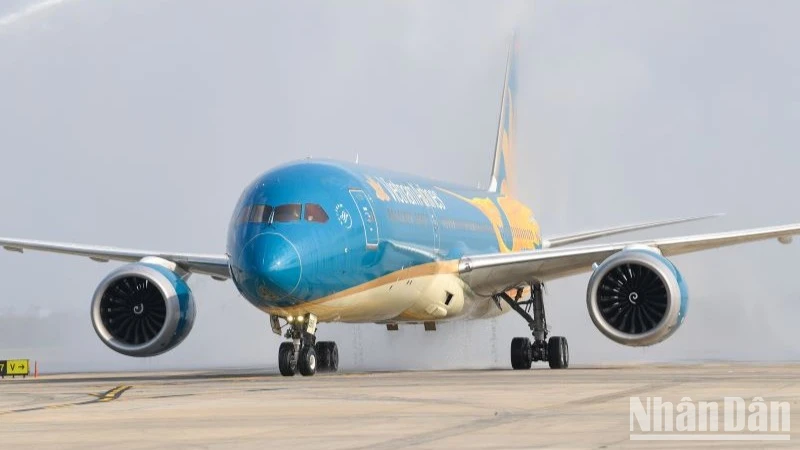





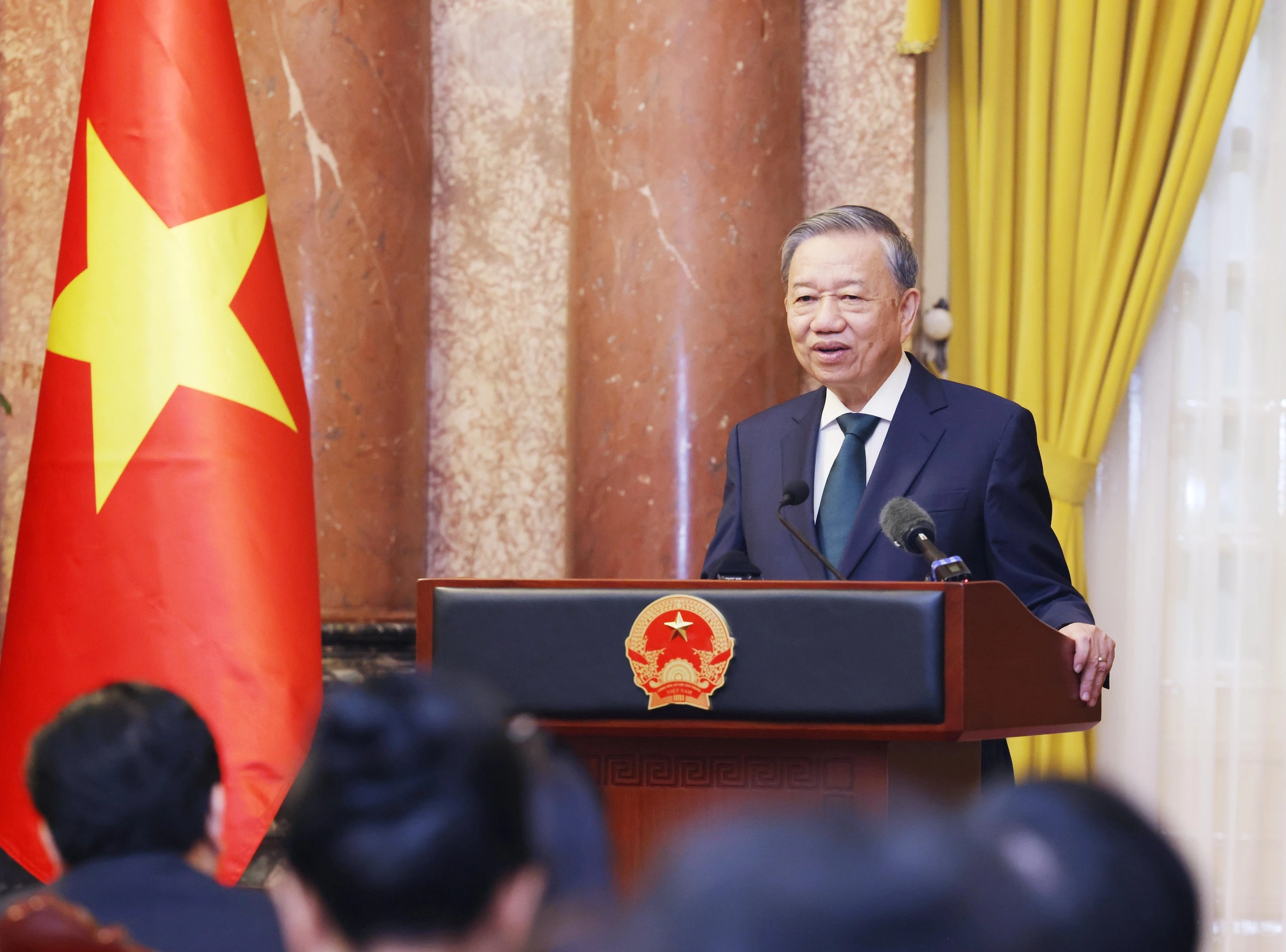
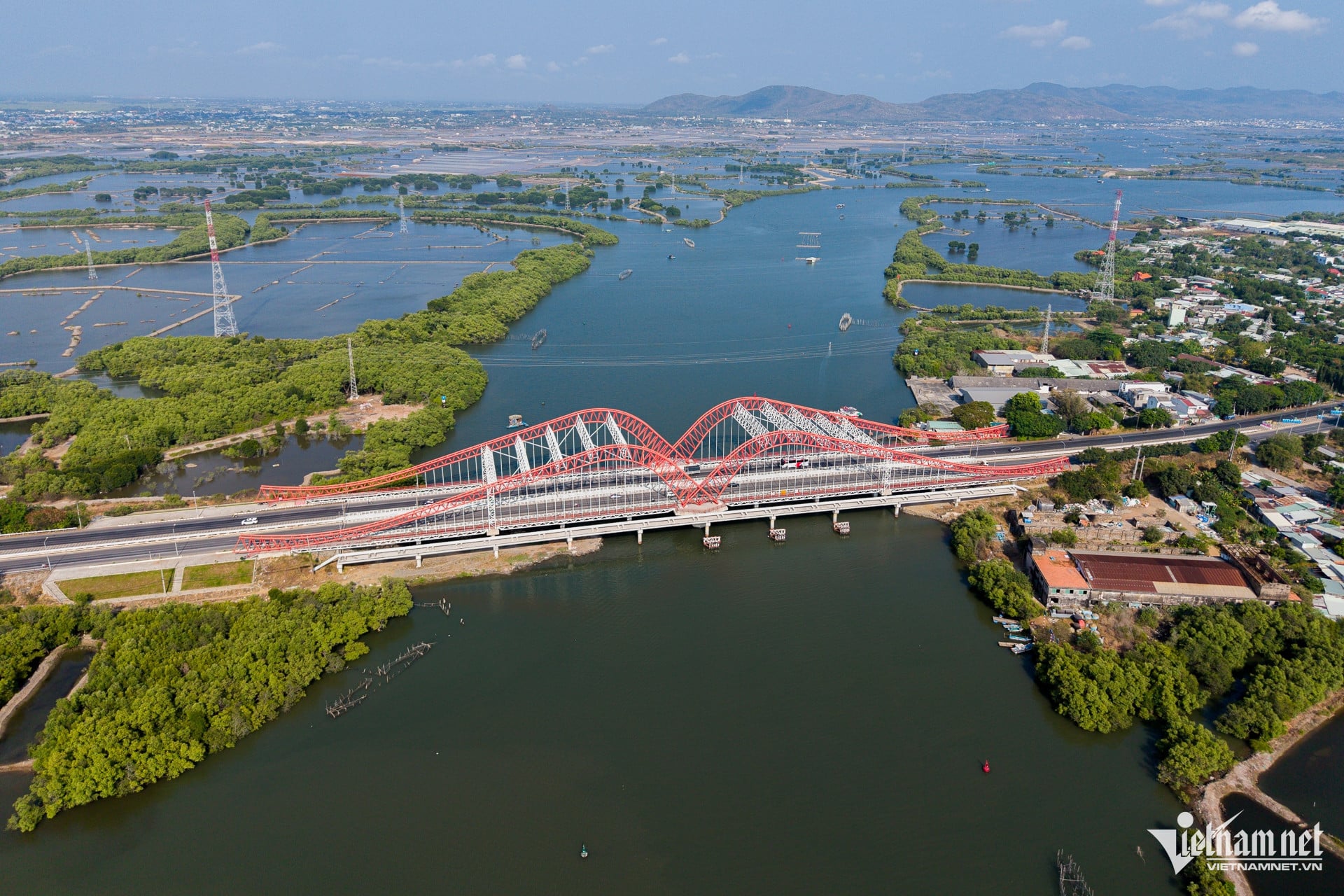

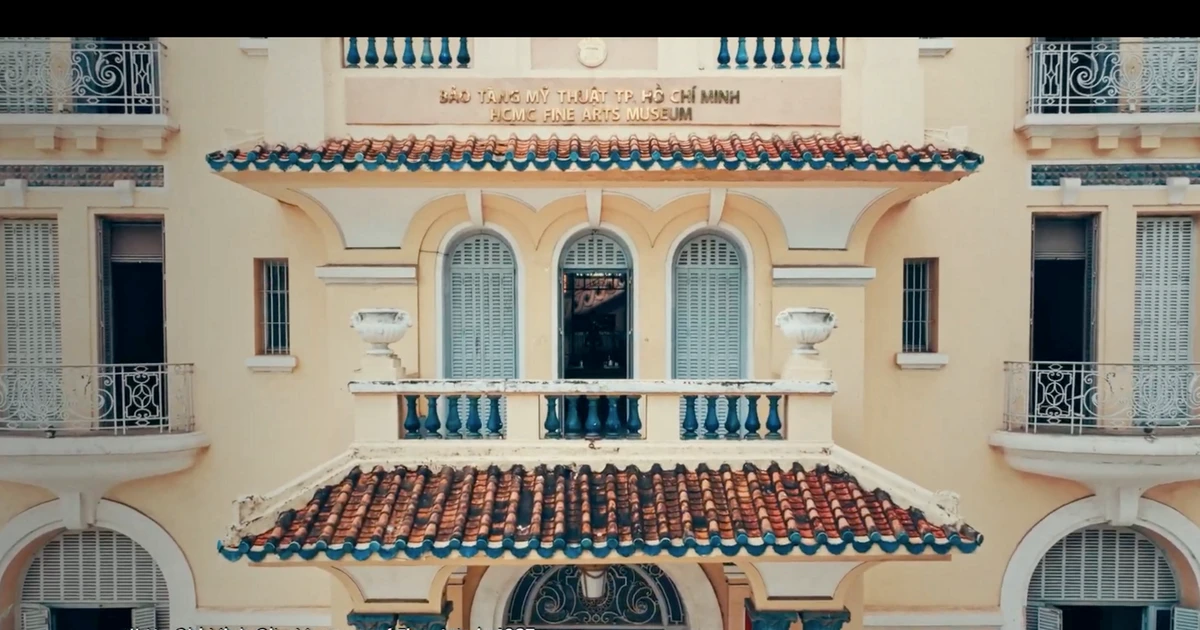

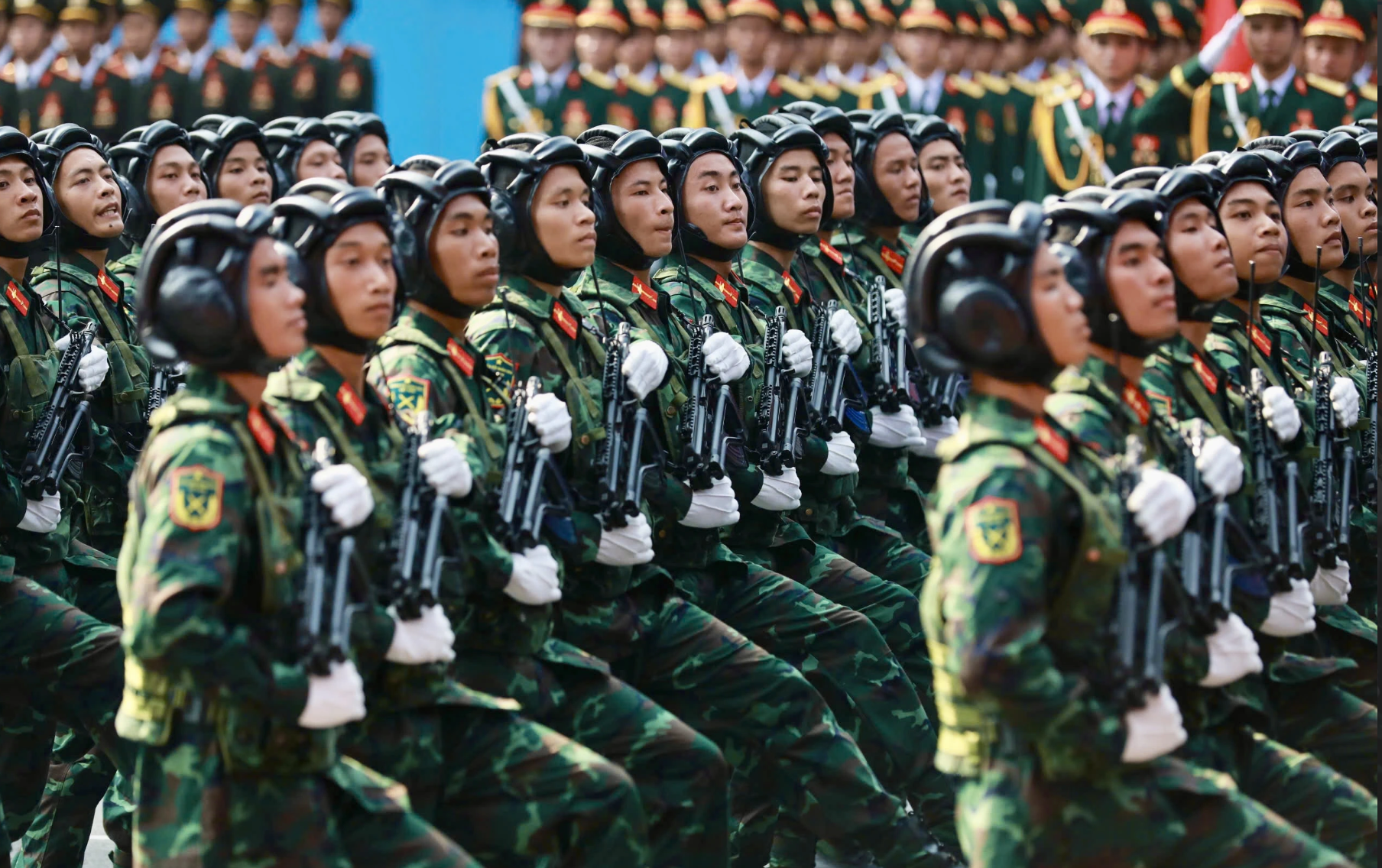
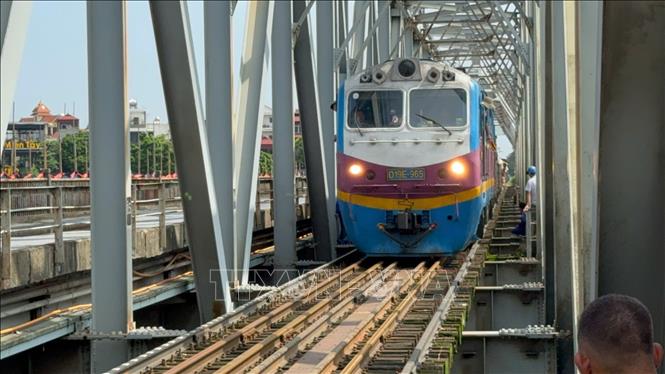

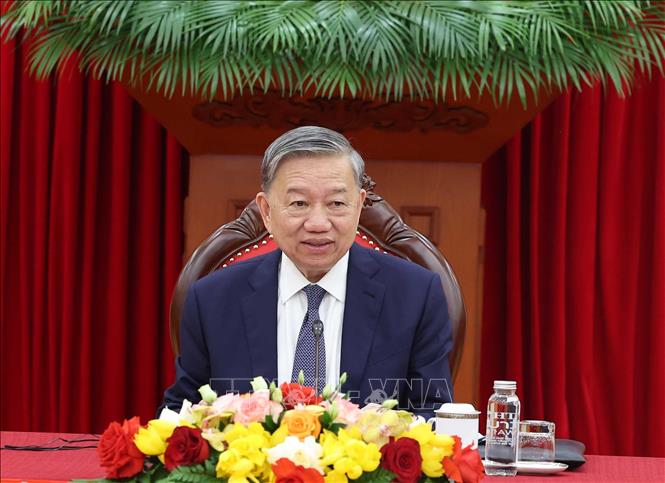






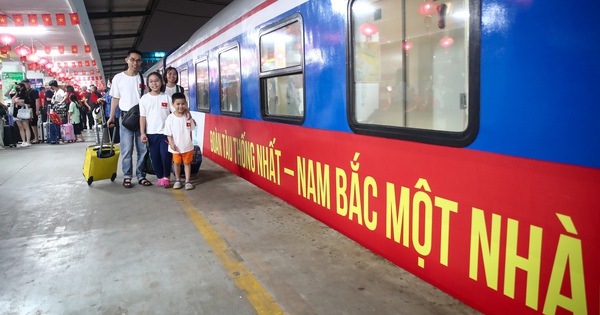


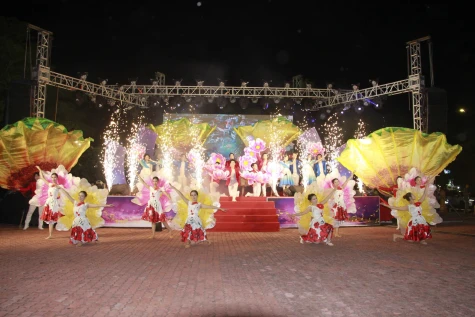


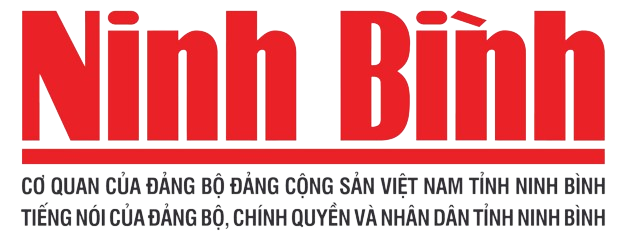
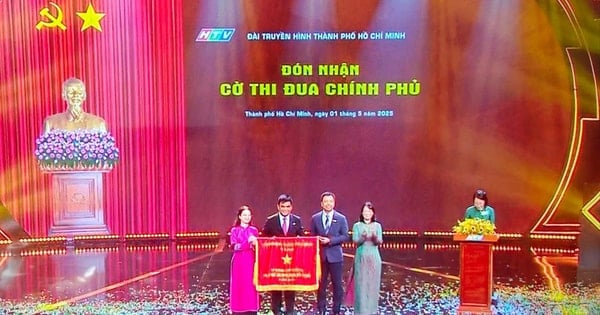

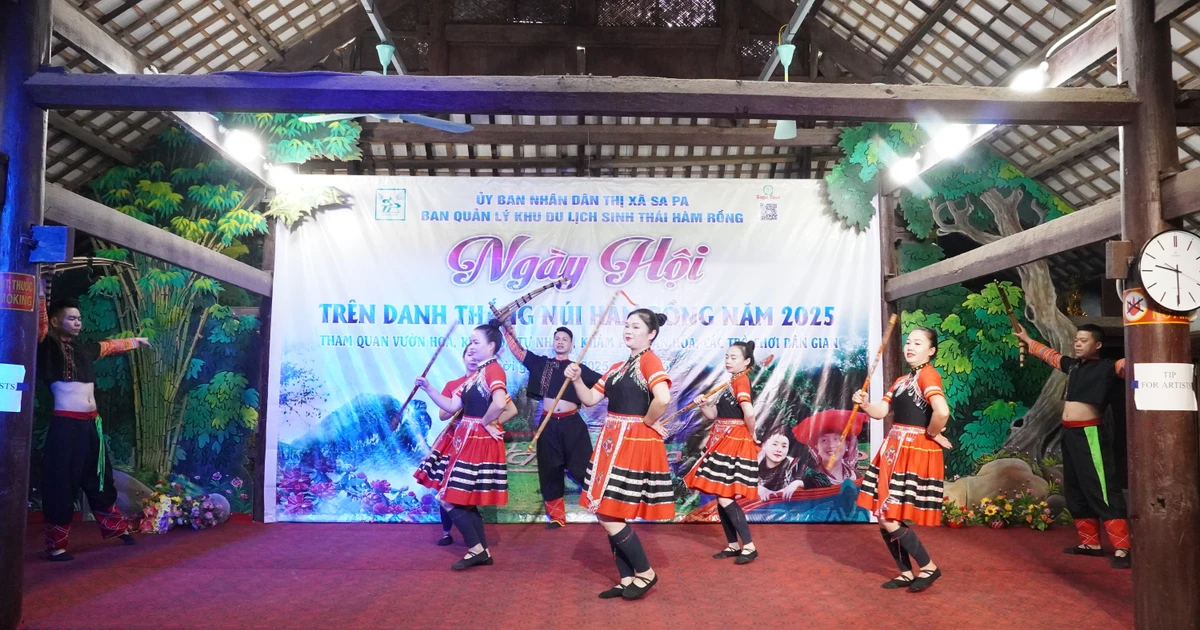



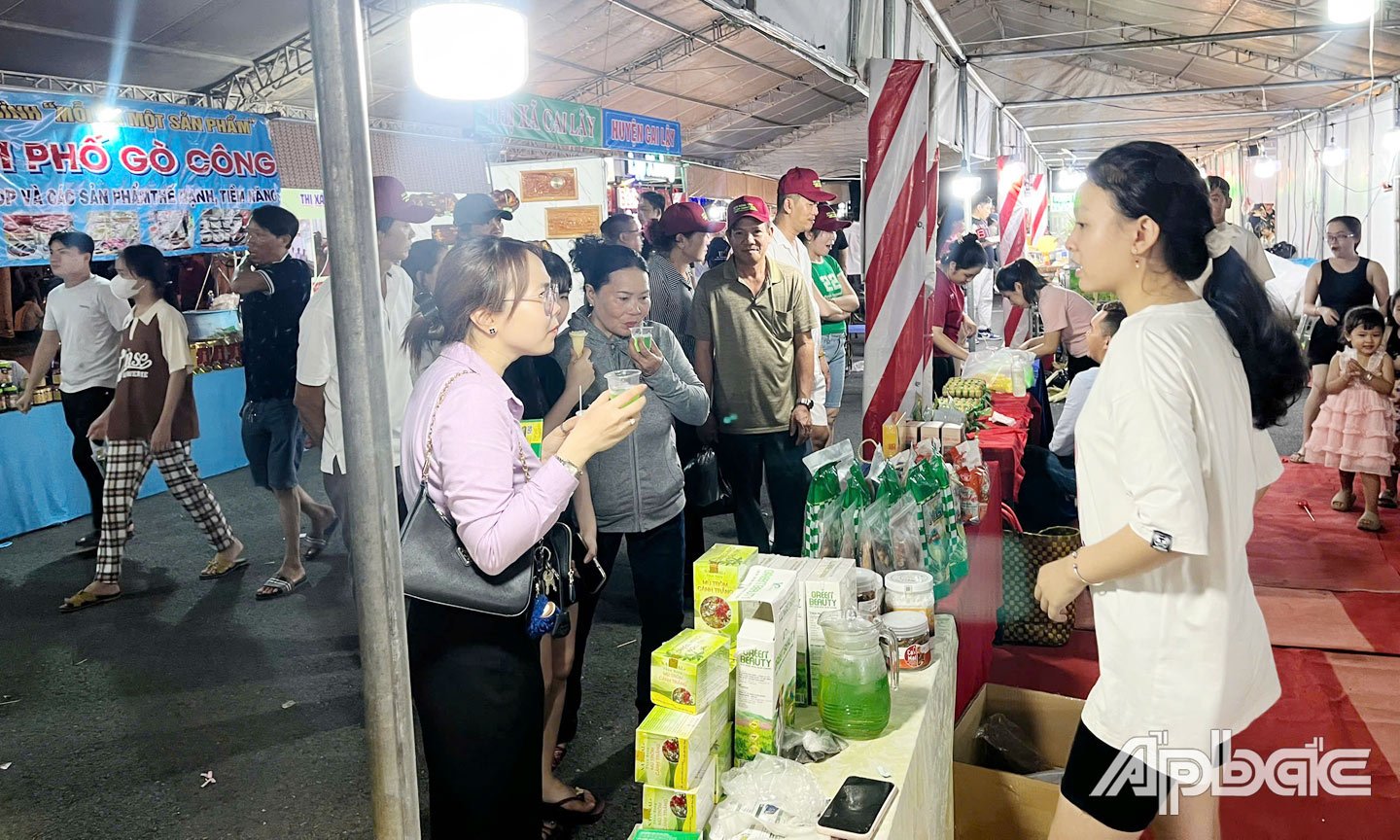
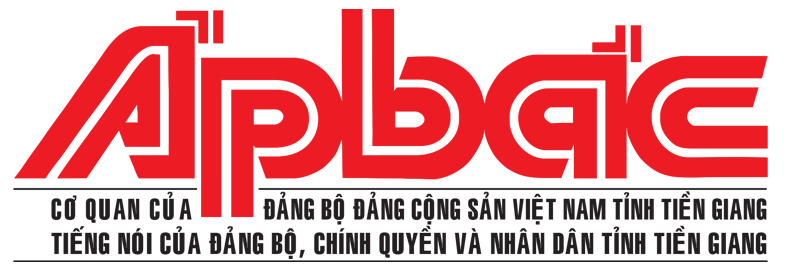
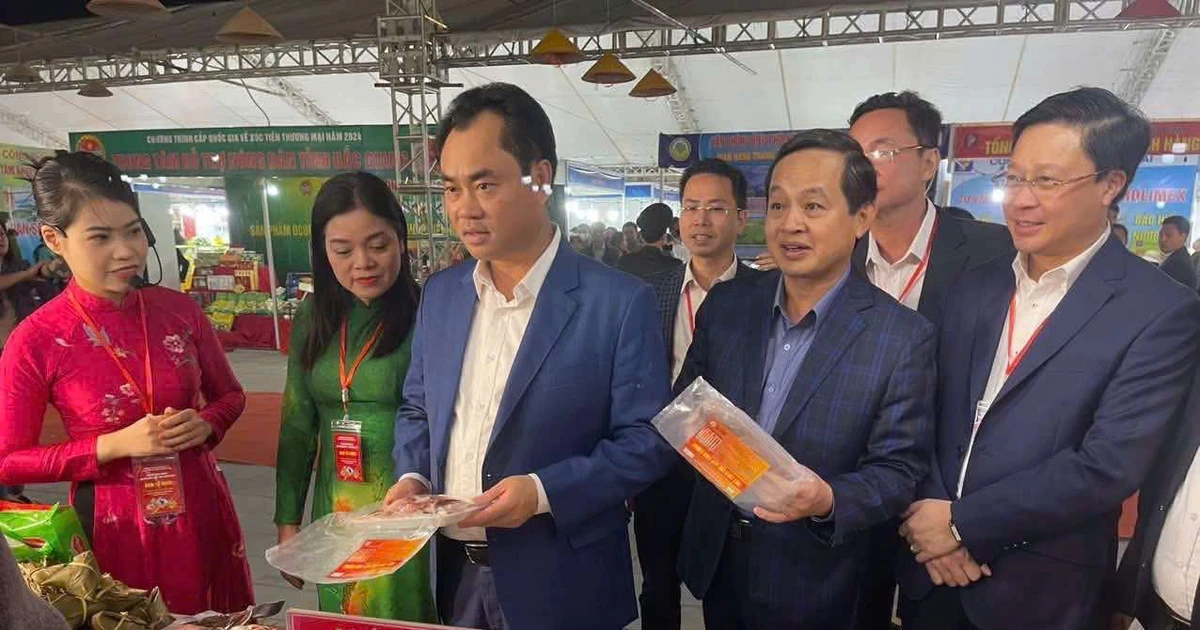

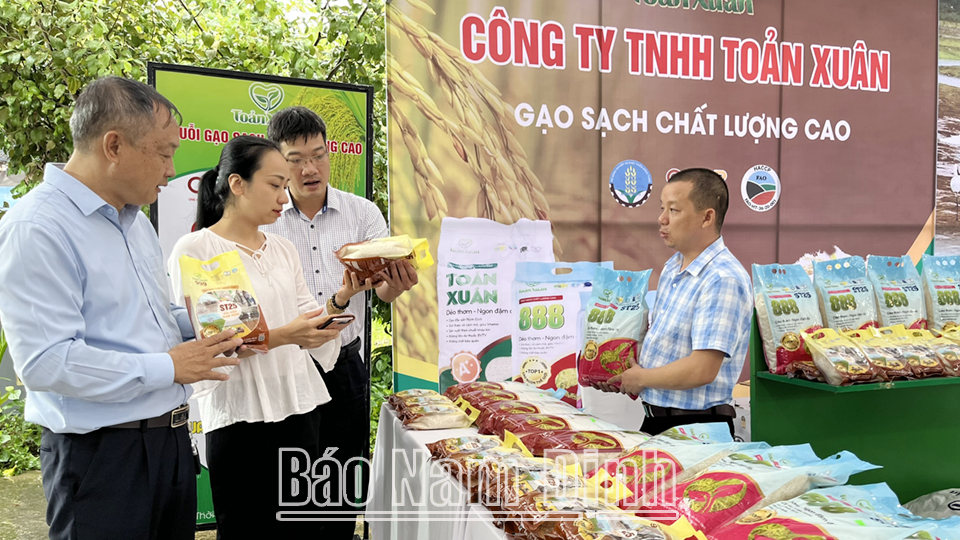
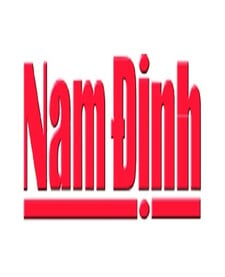
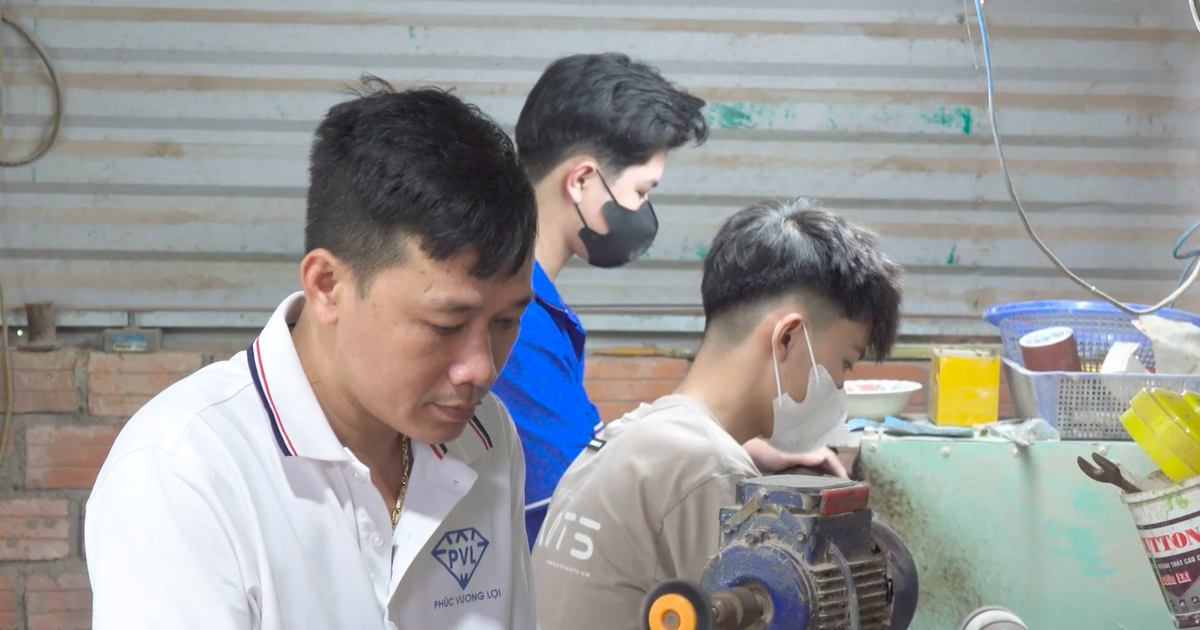

Comment (0)